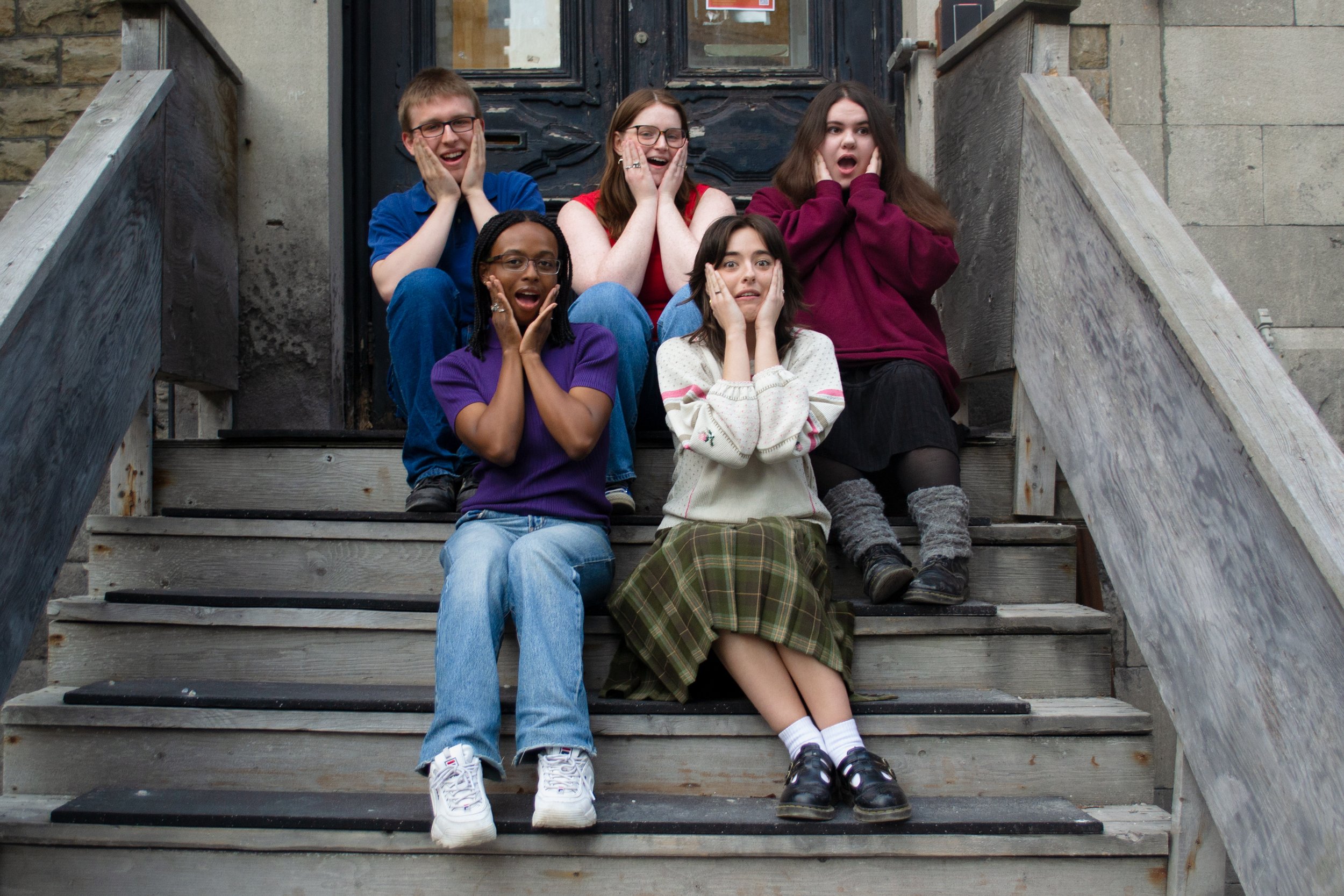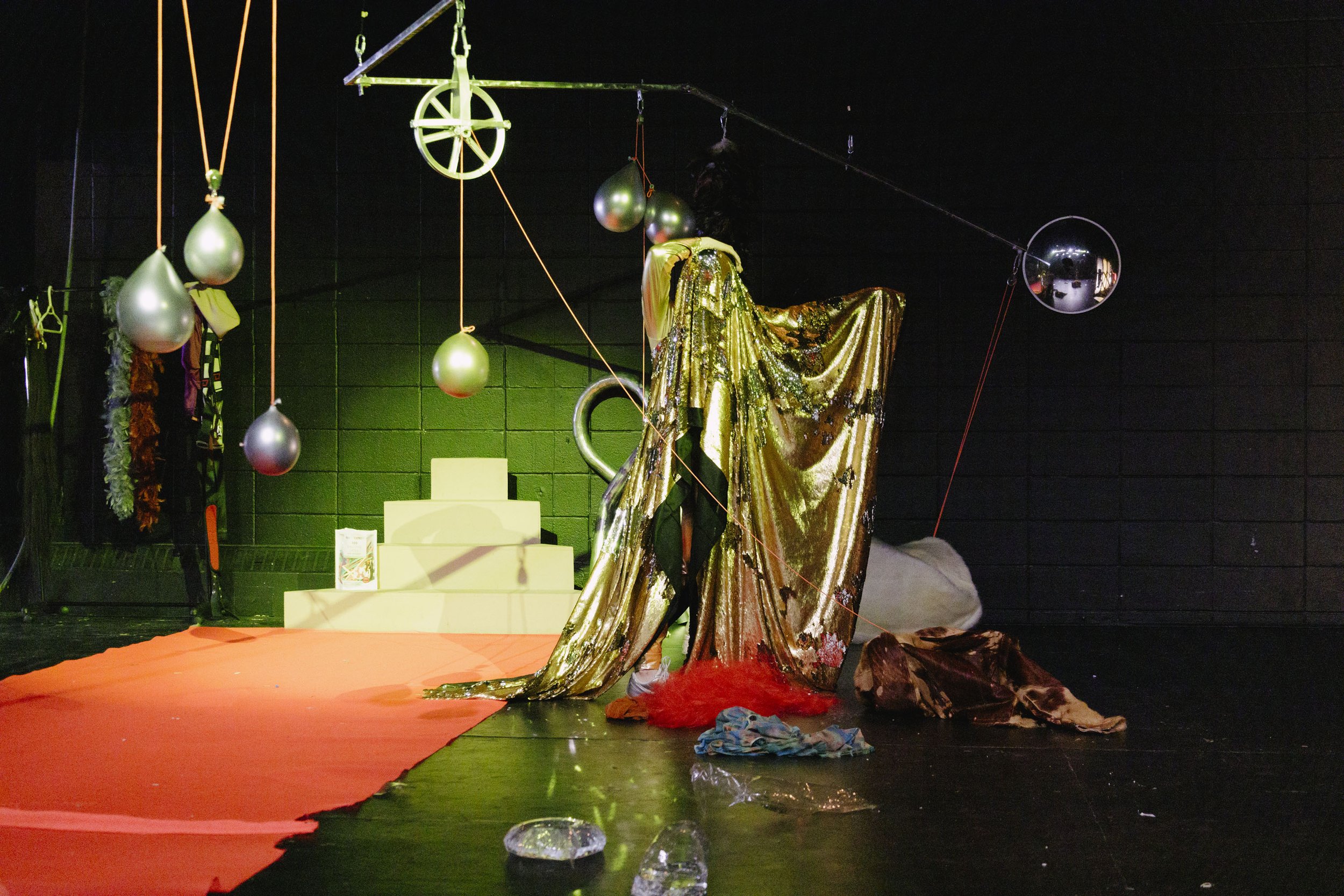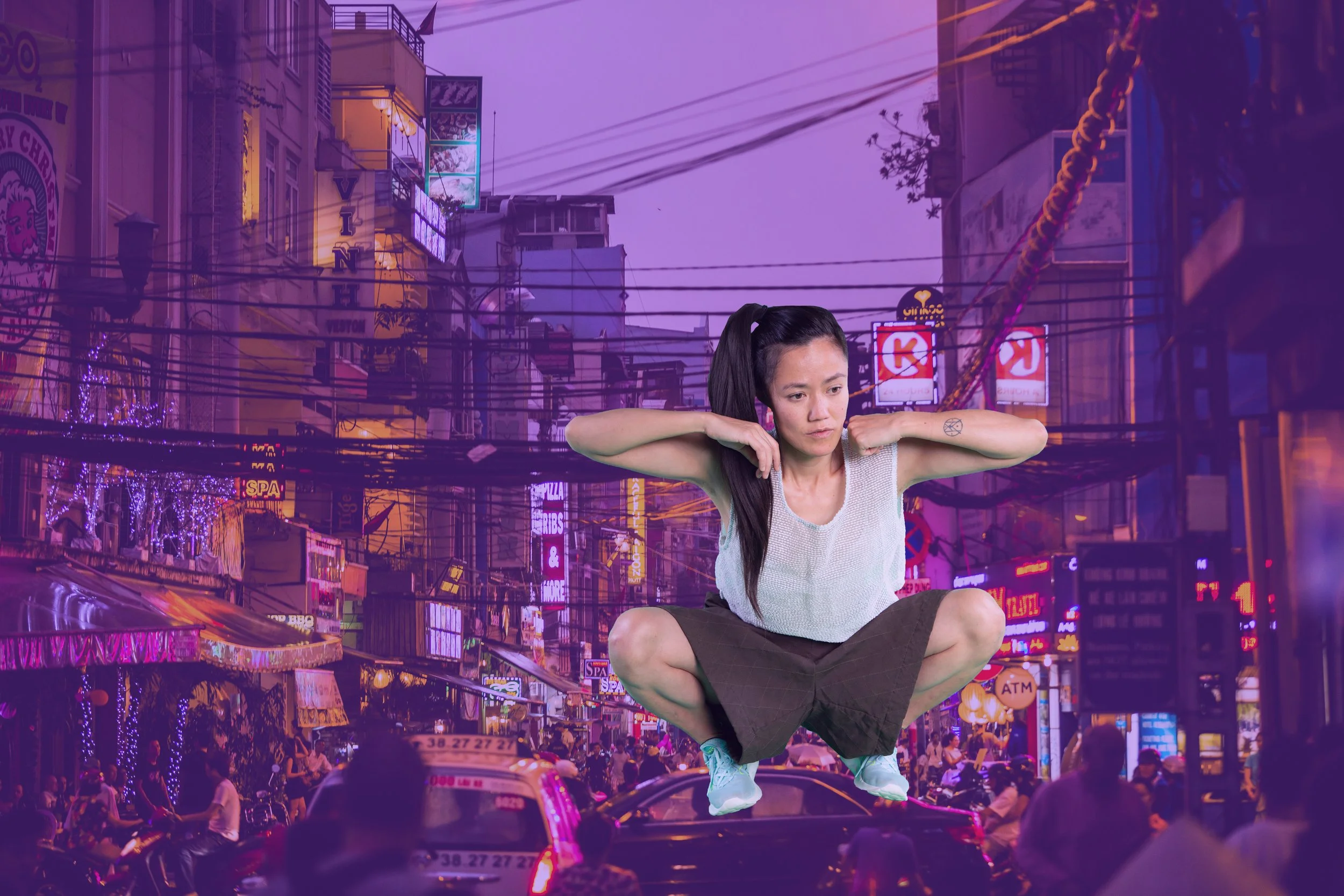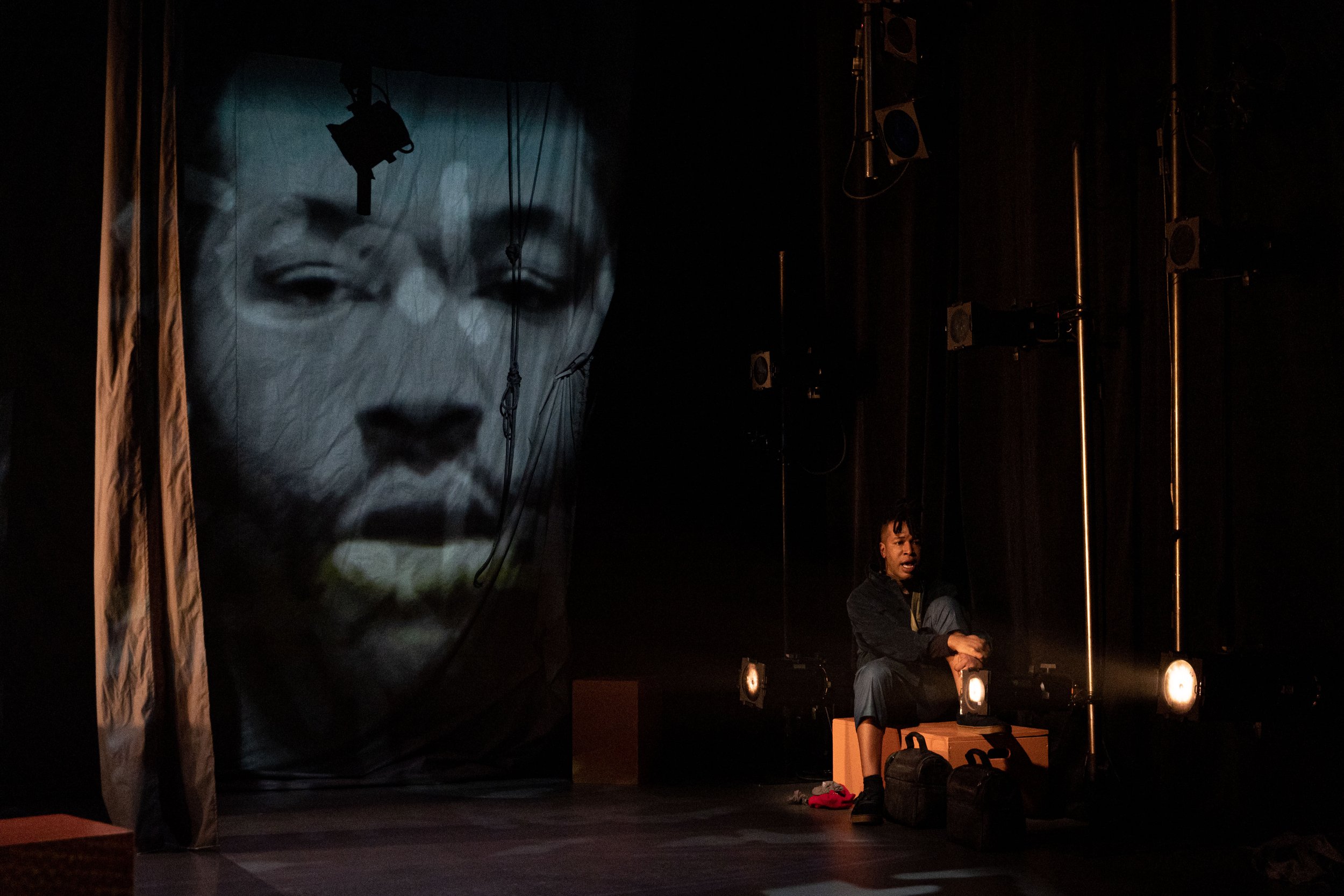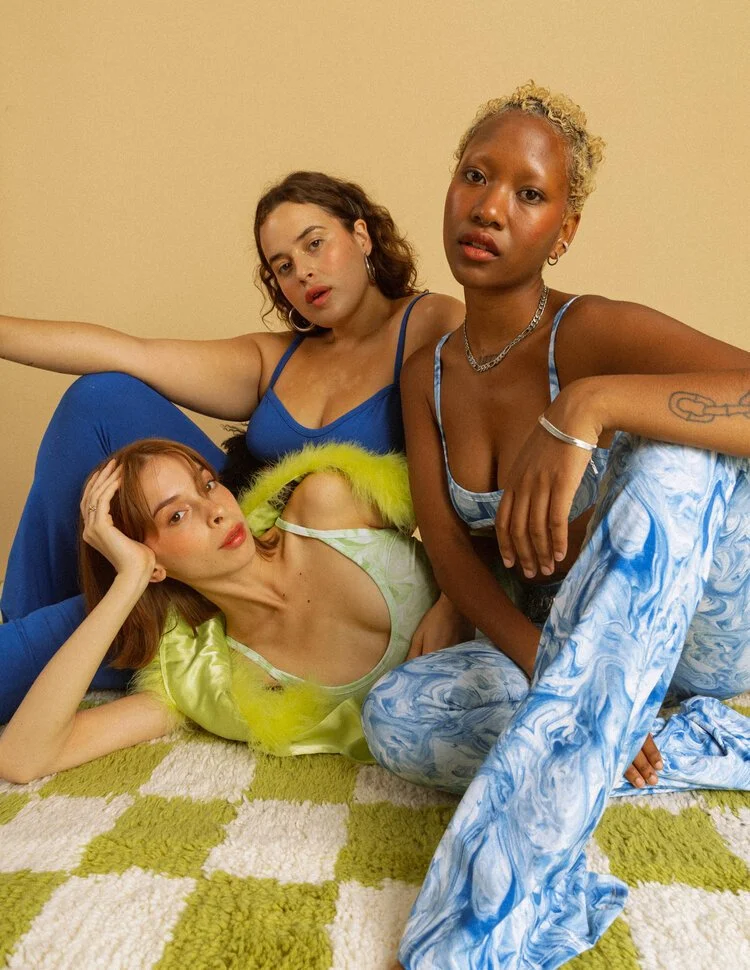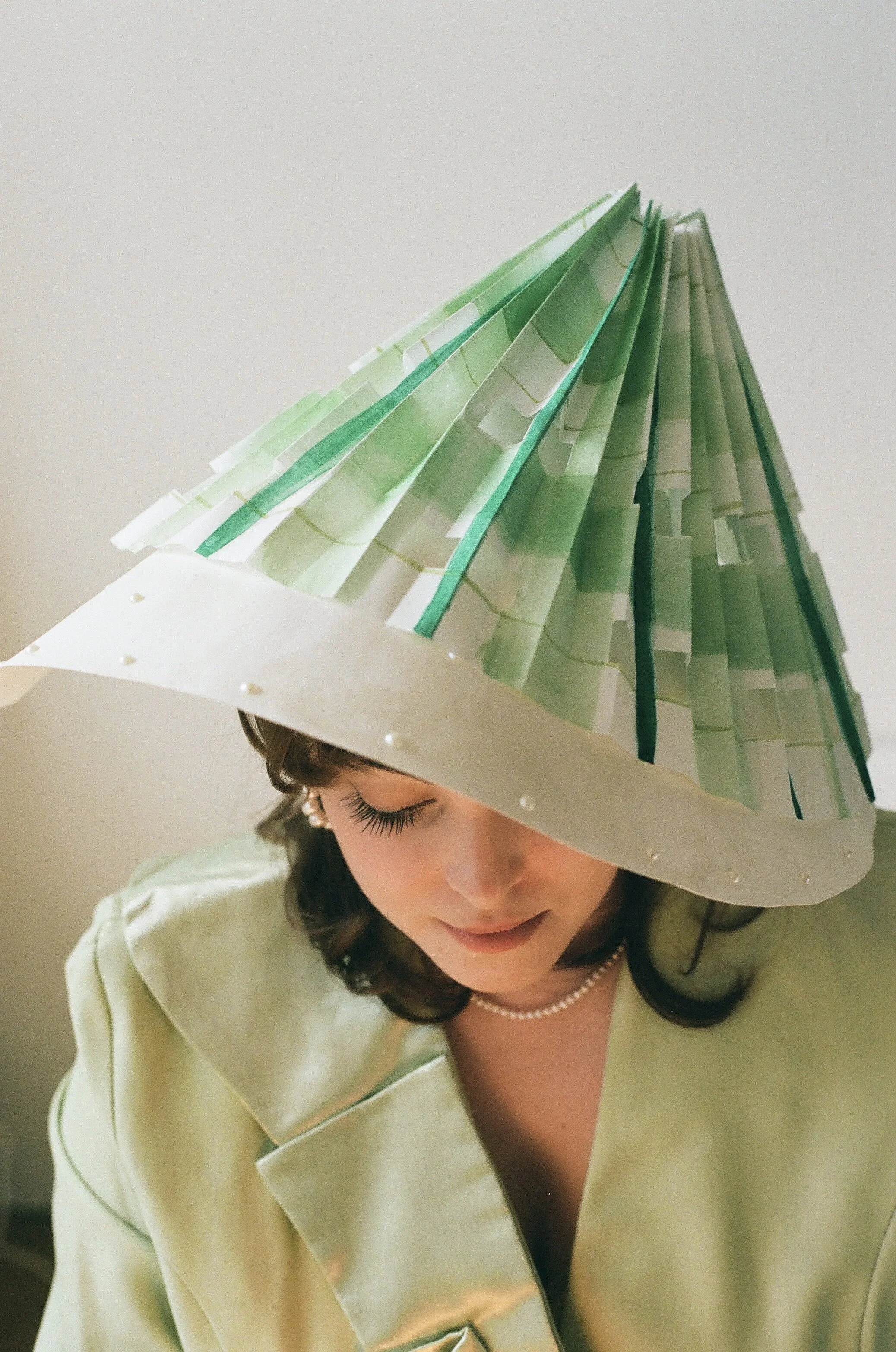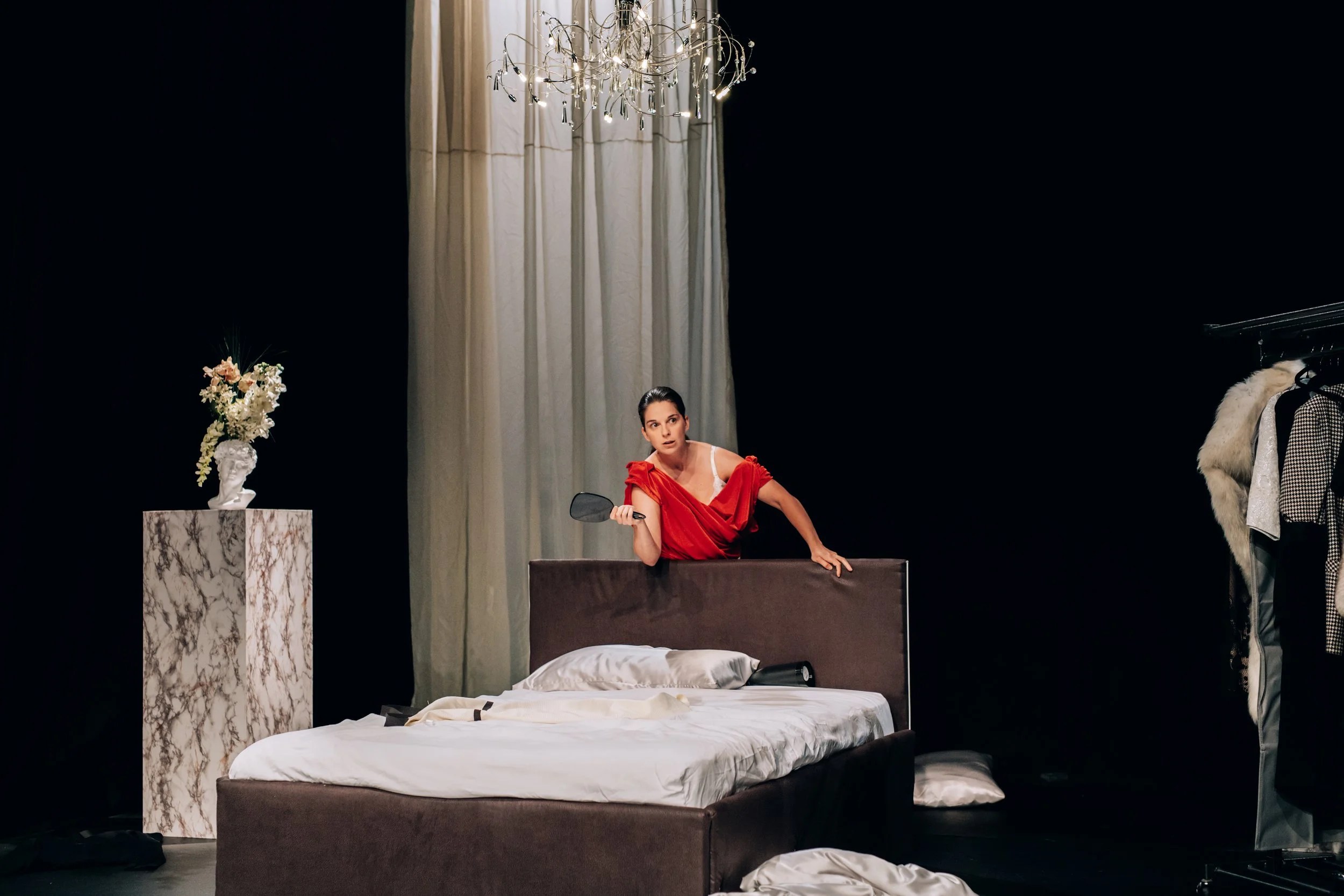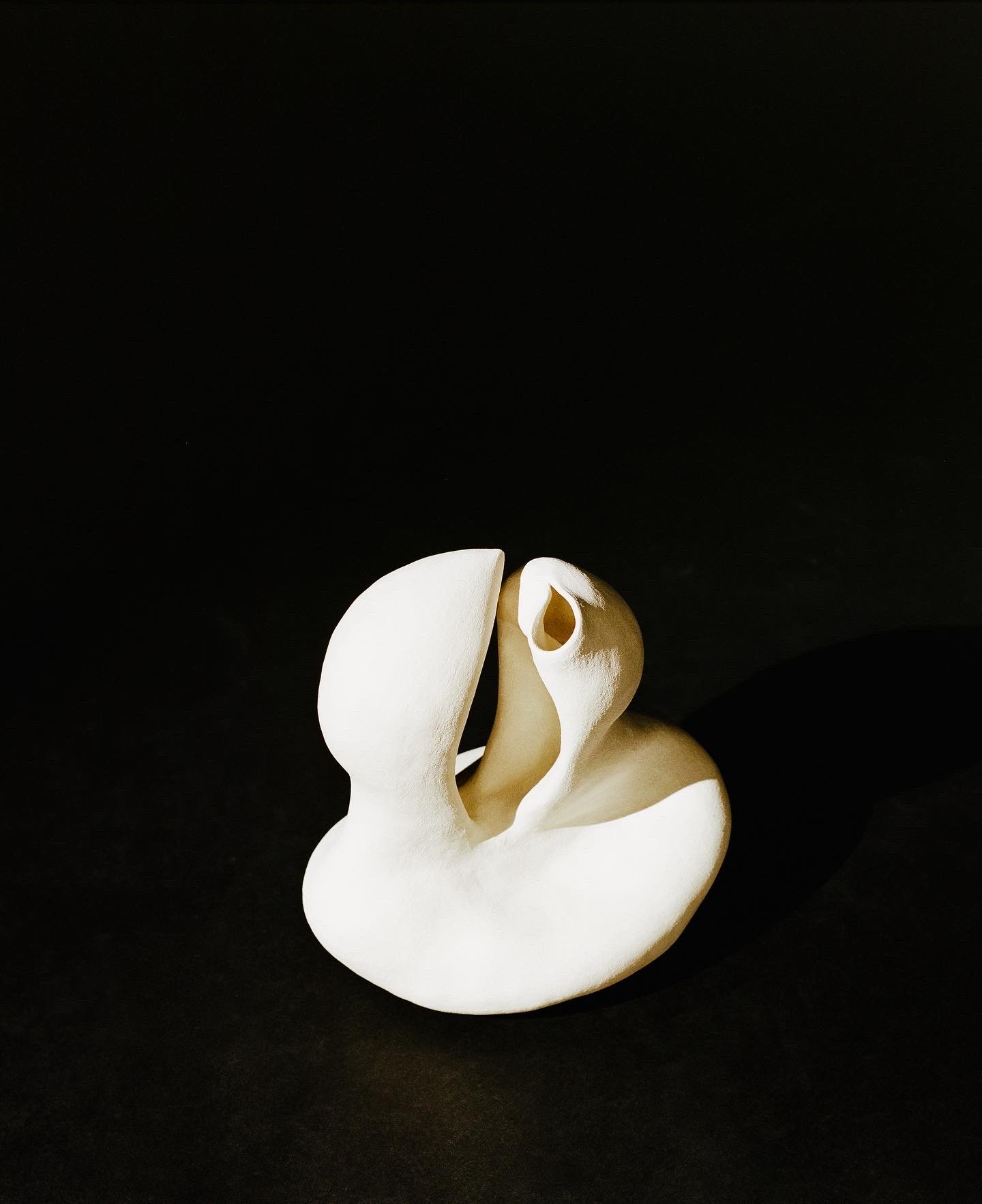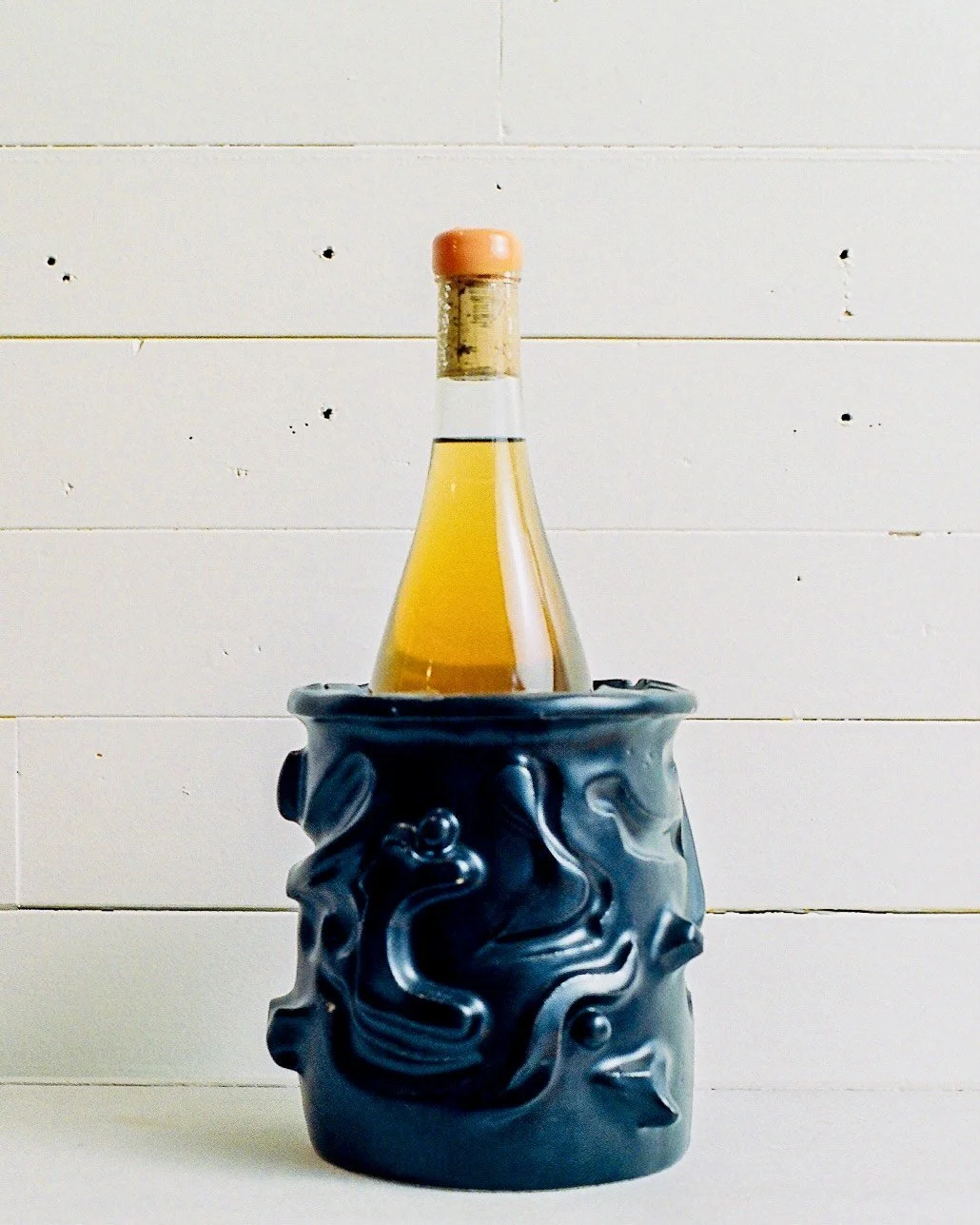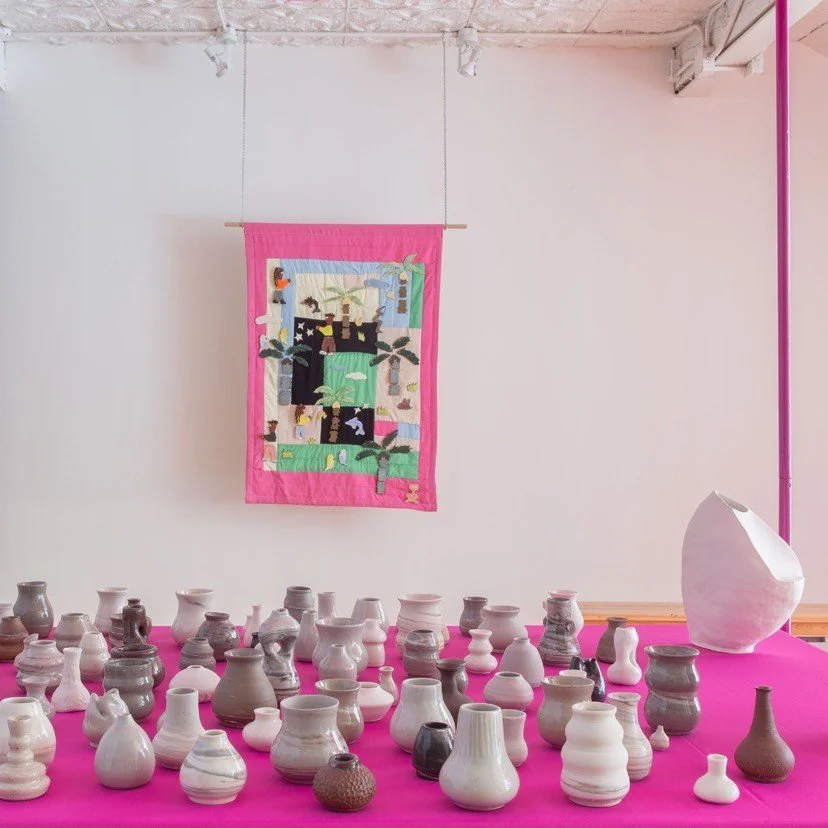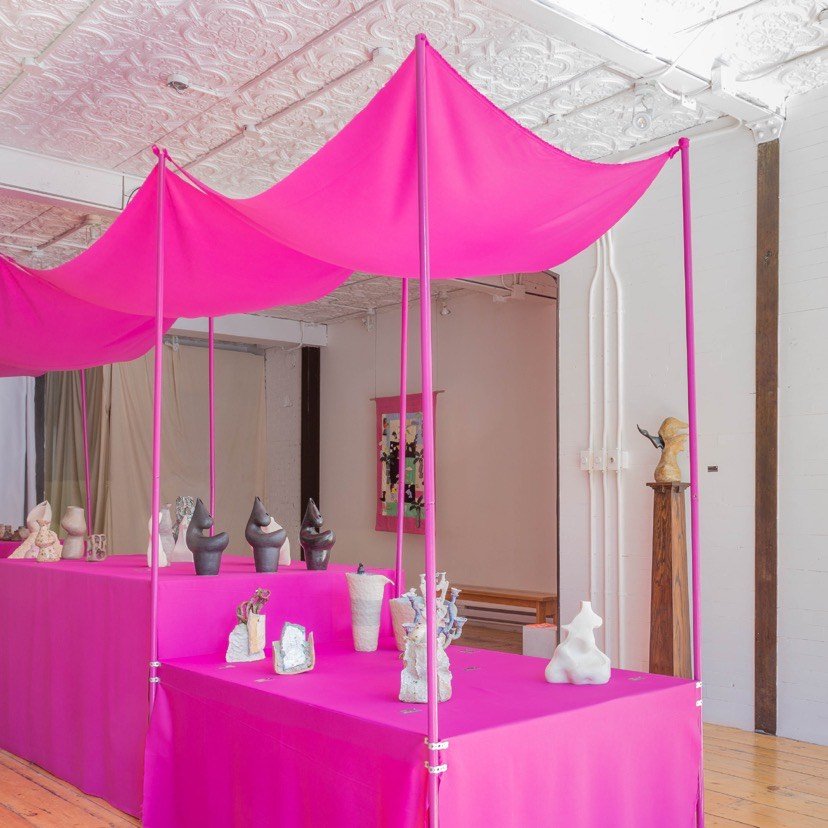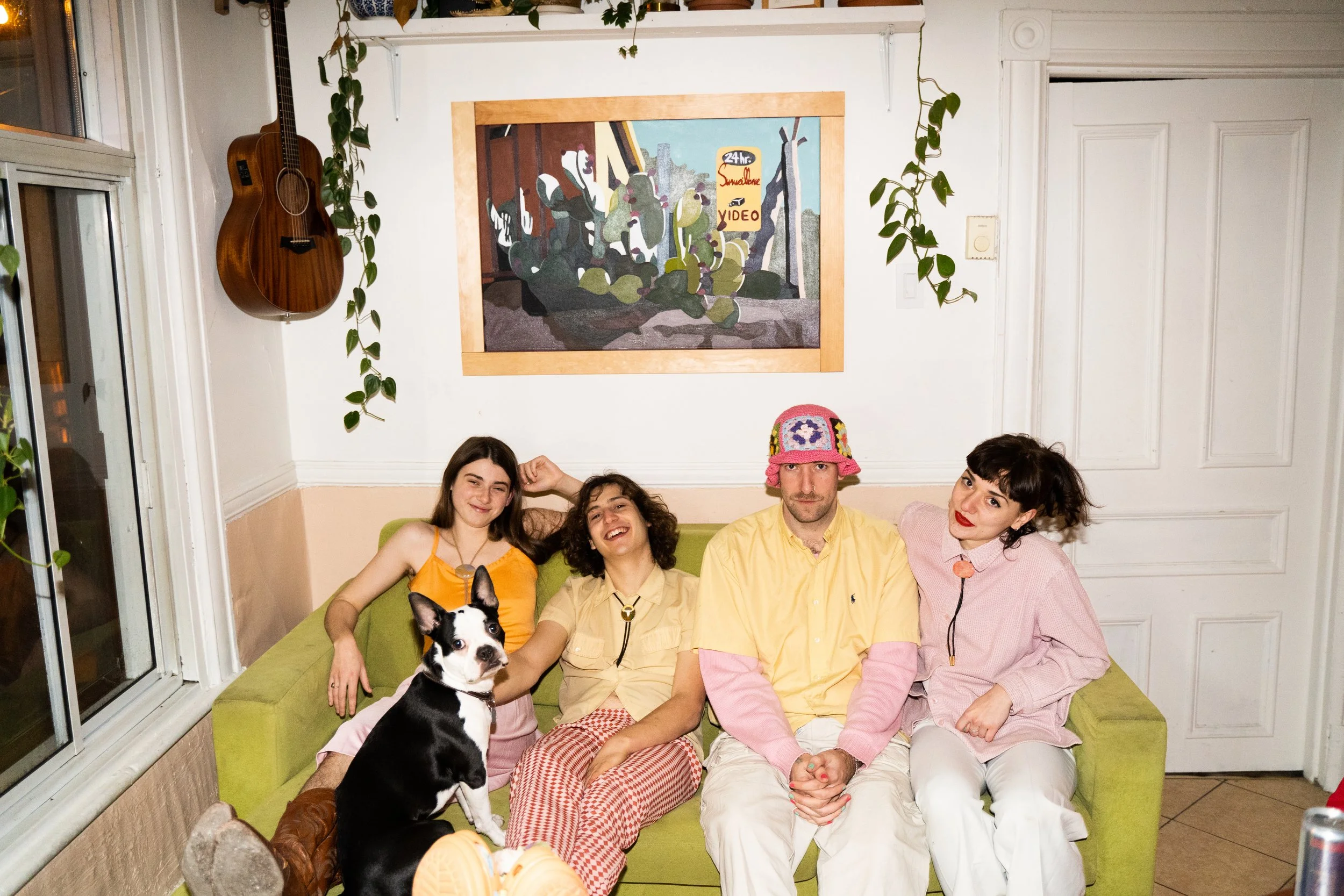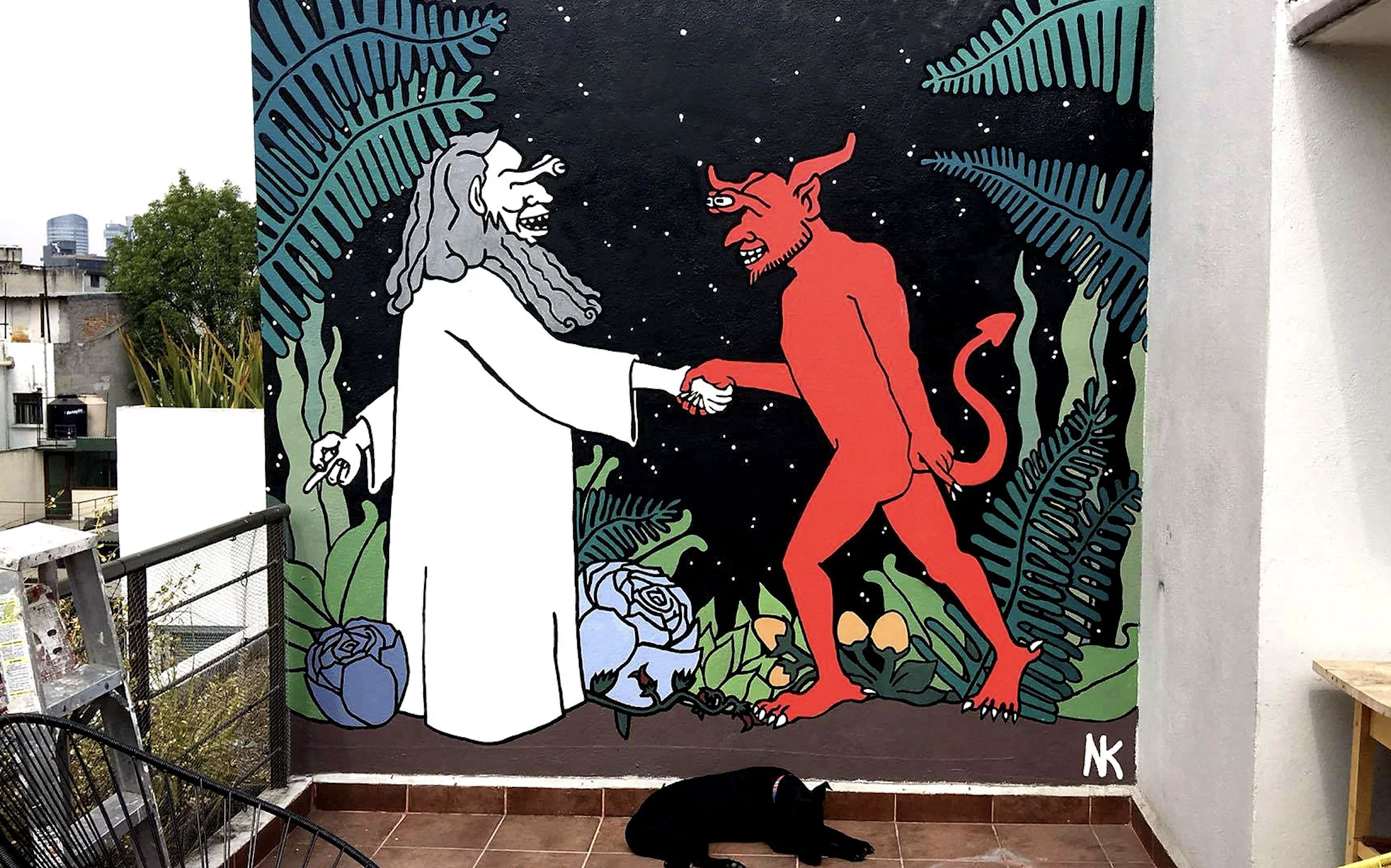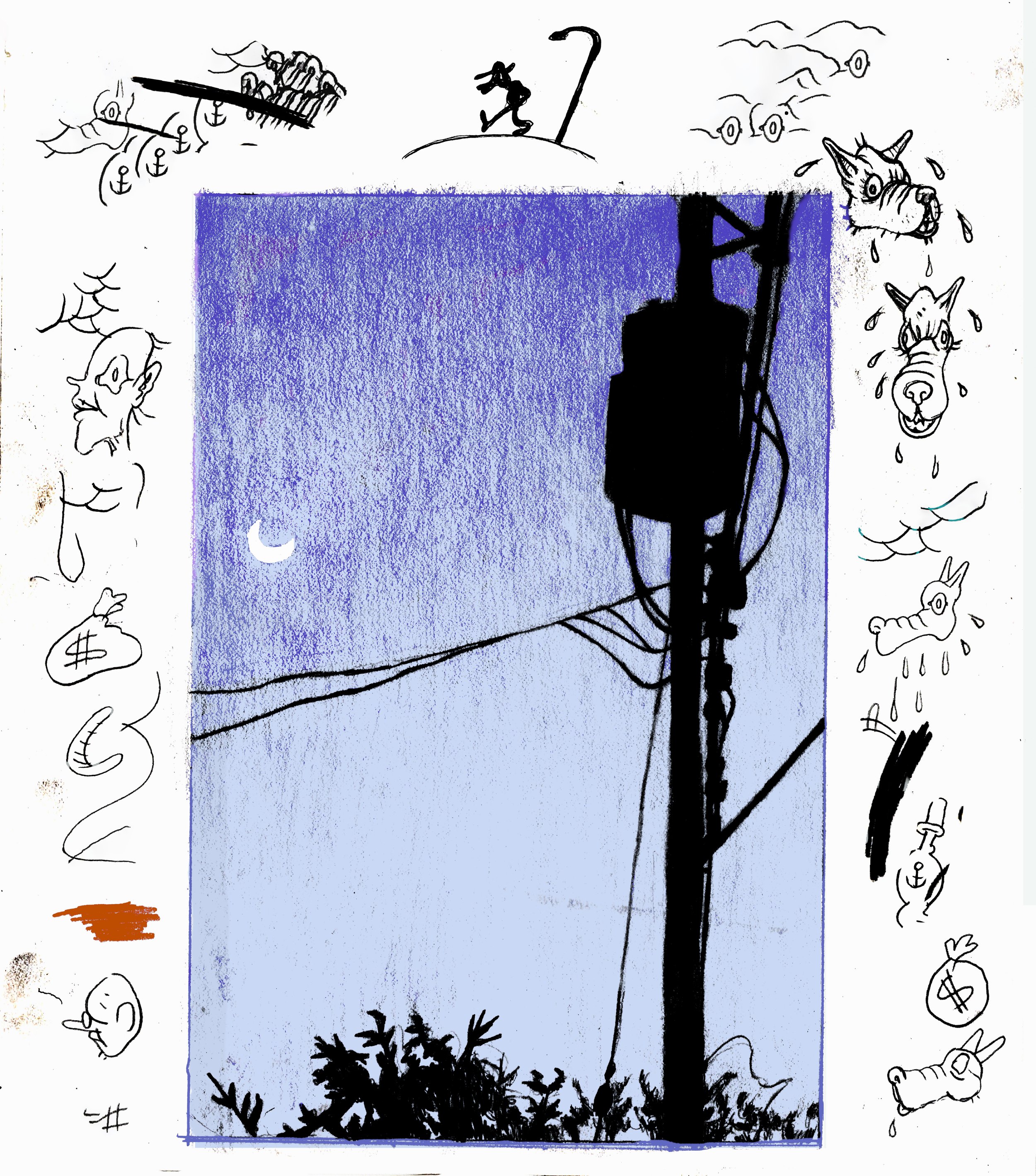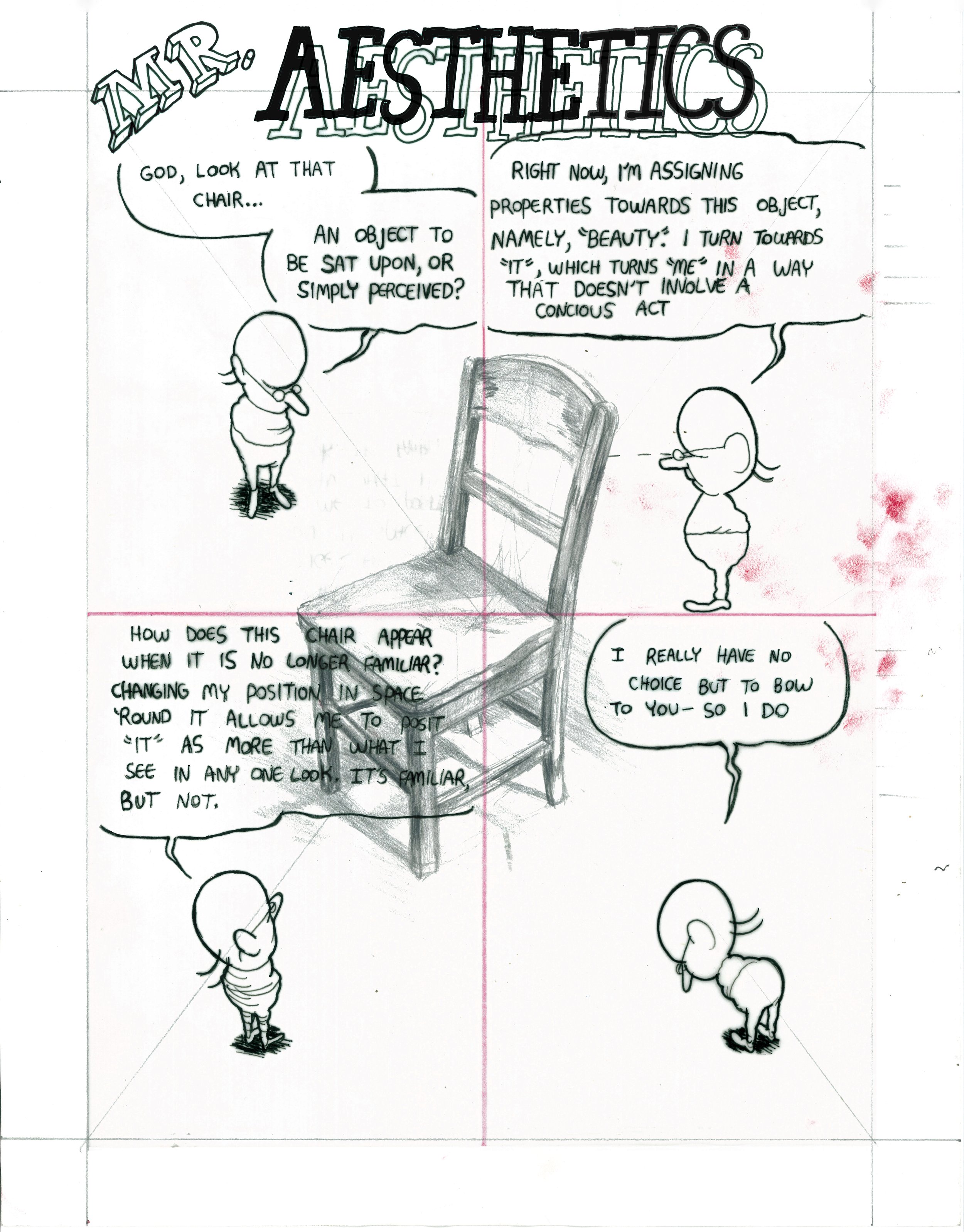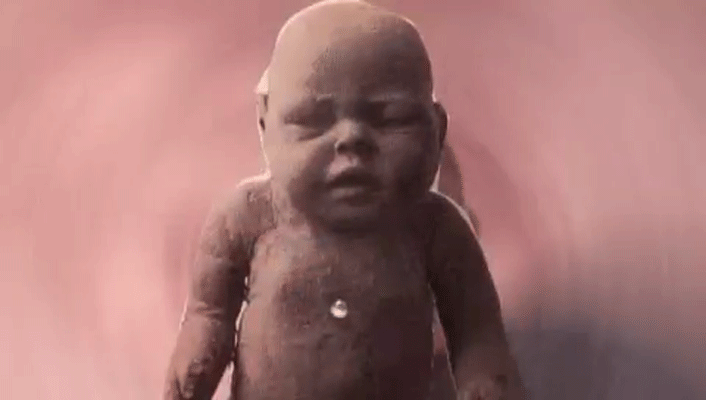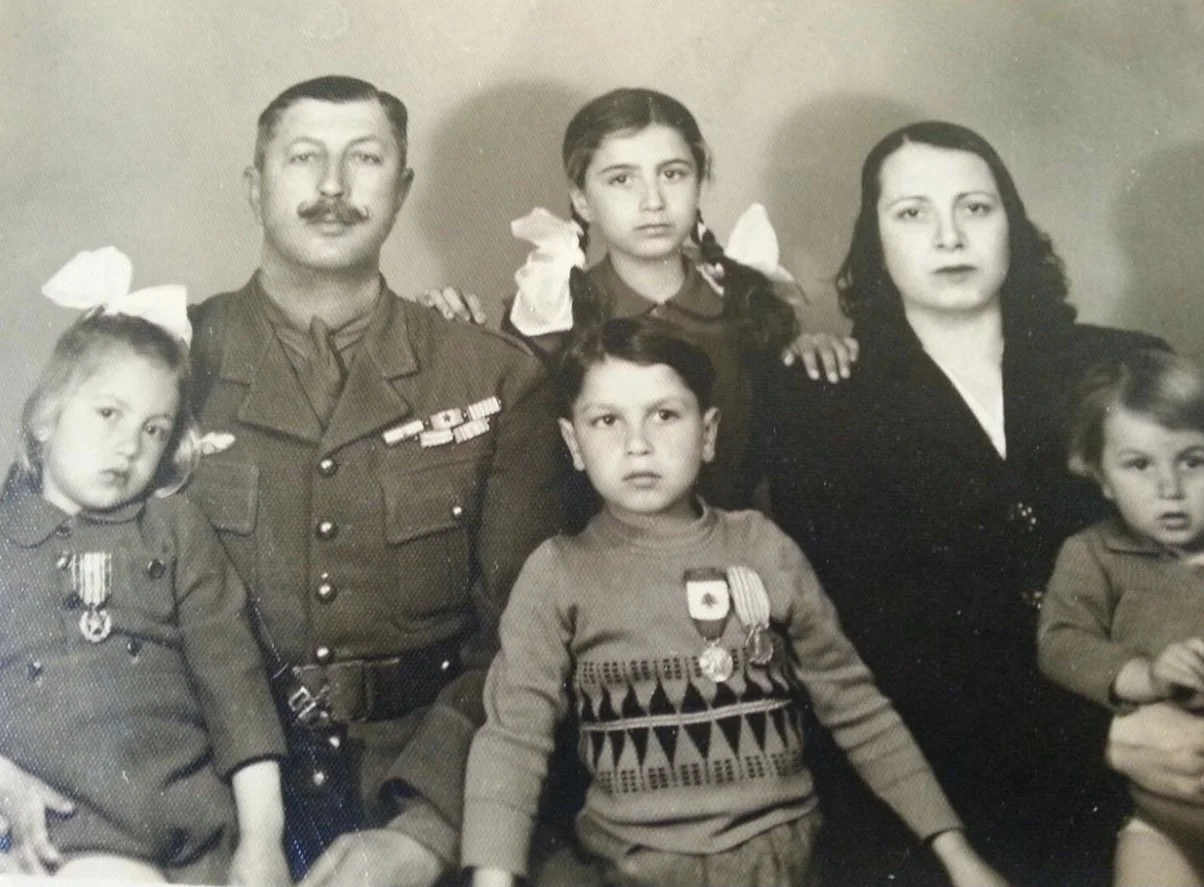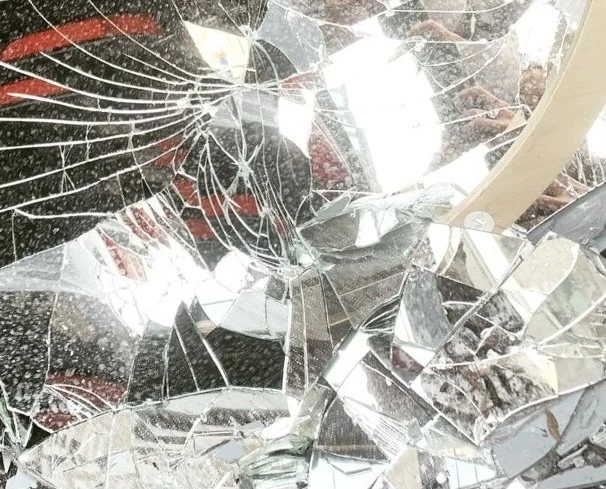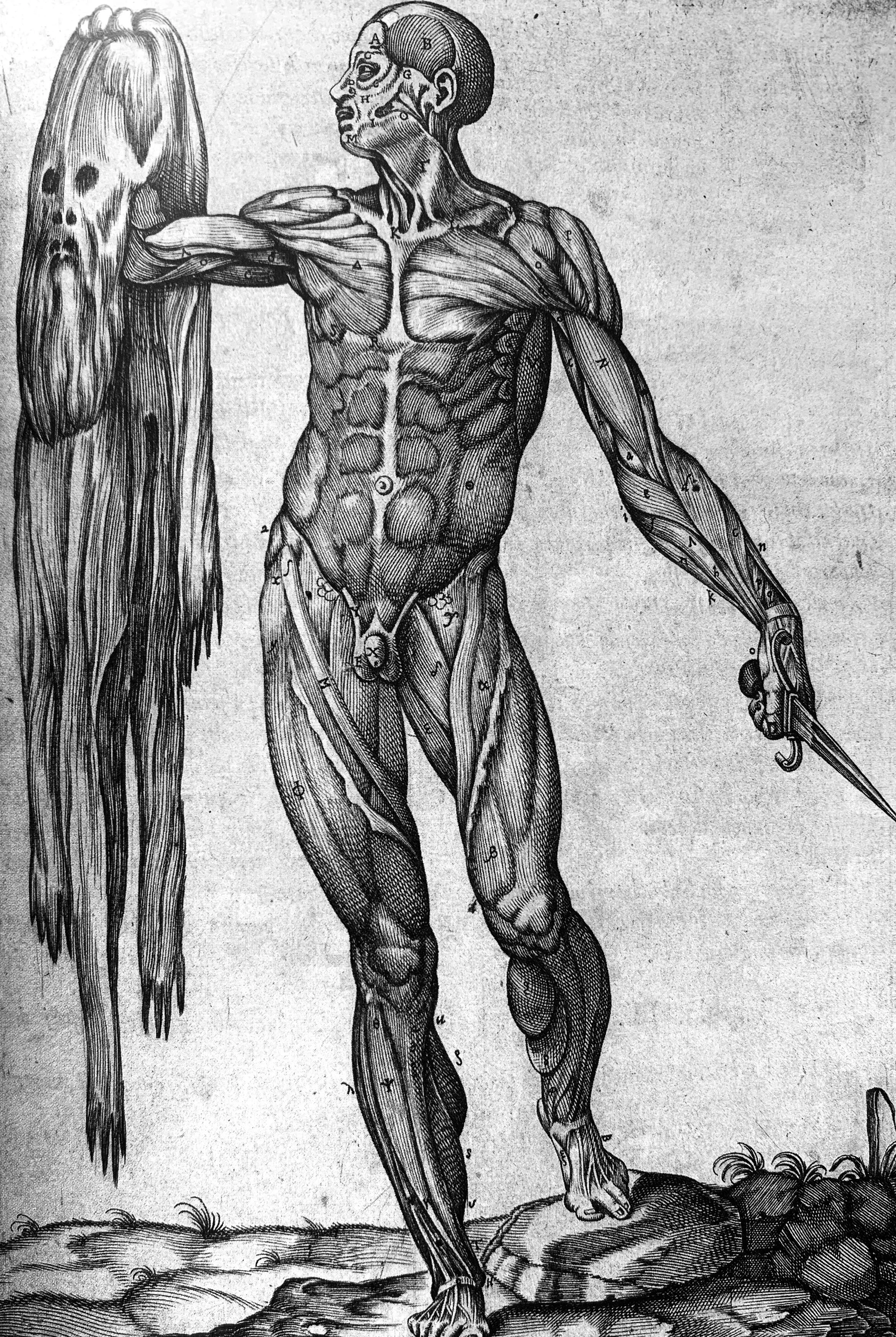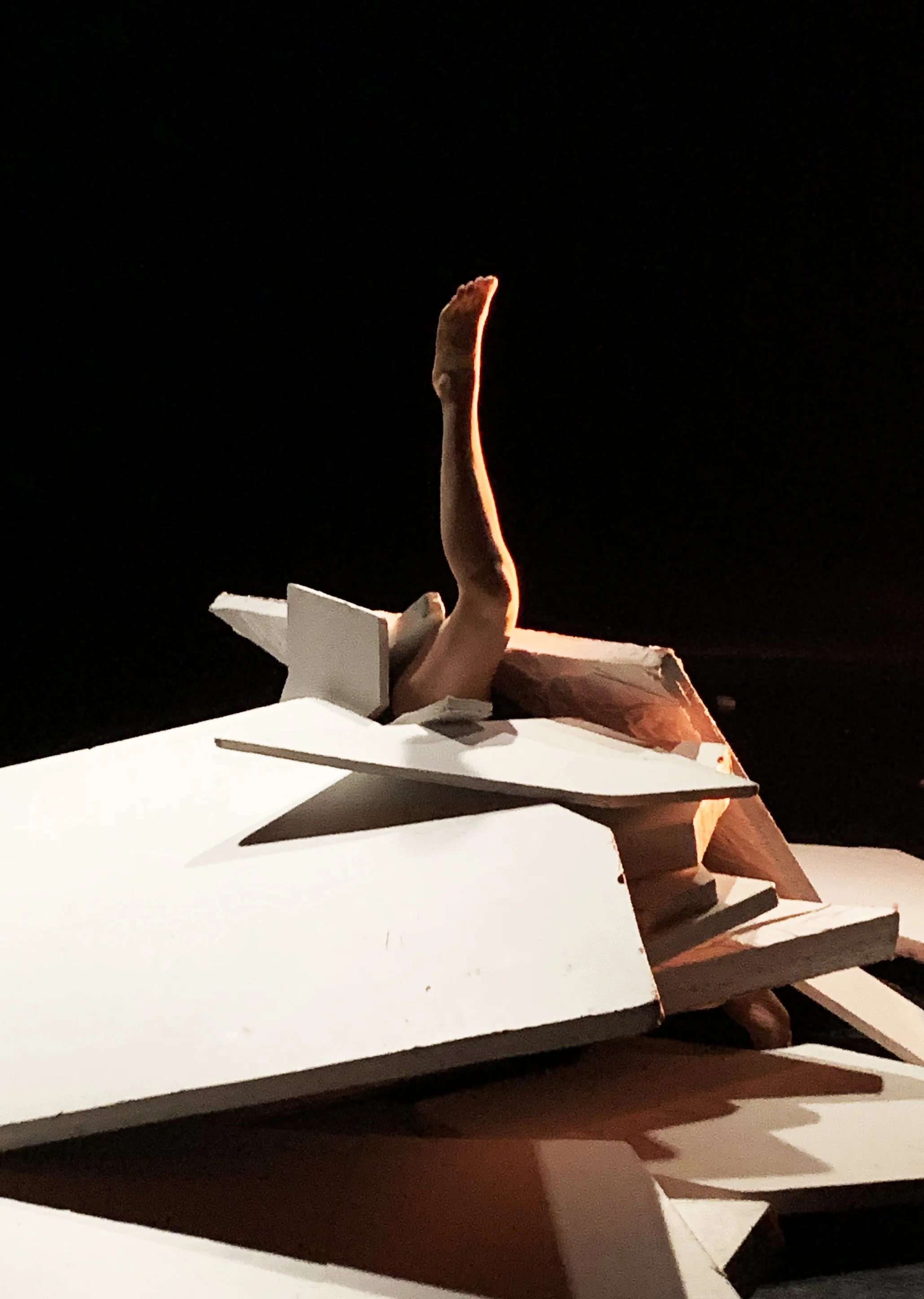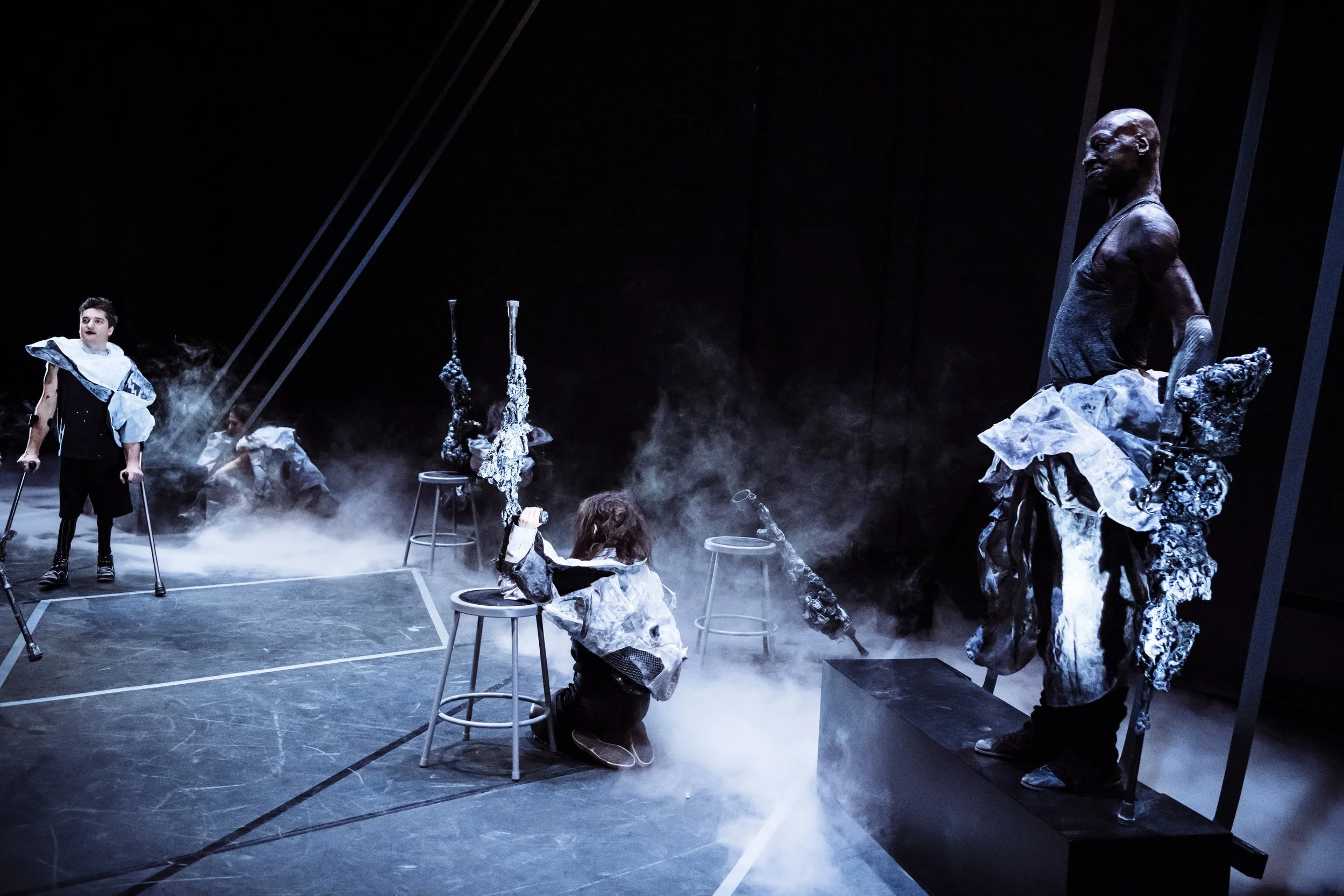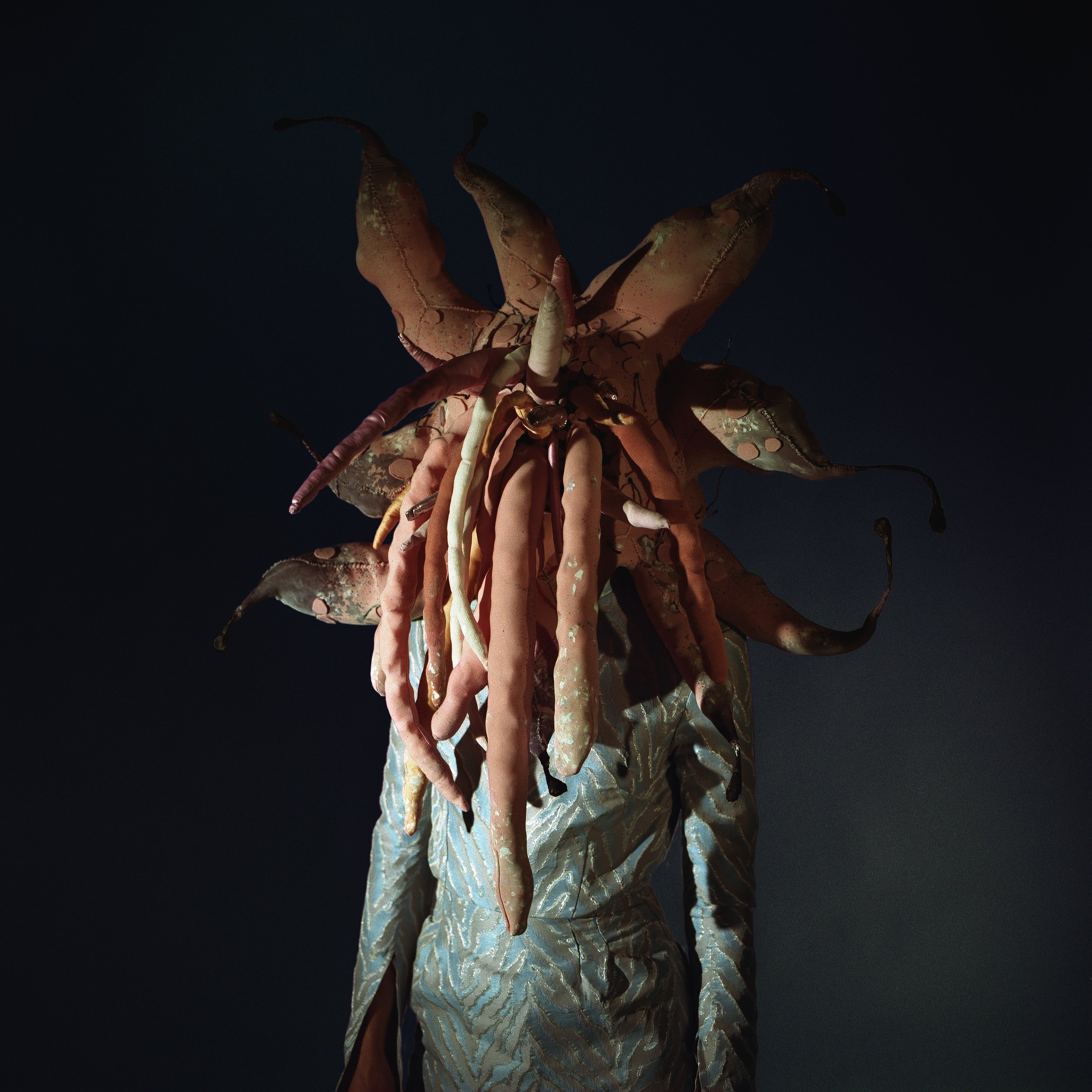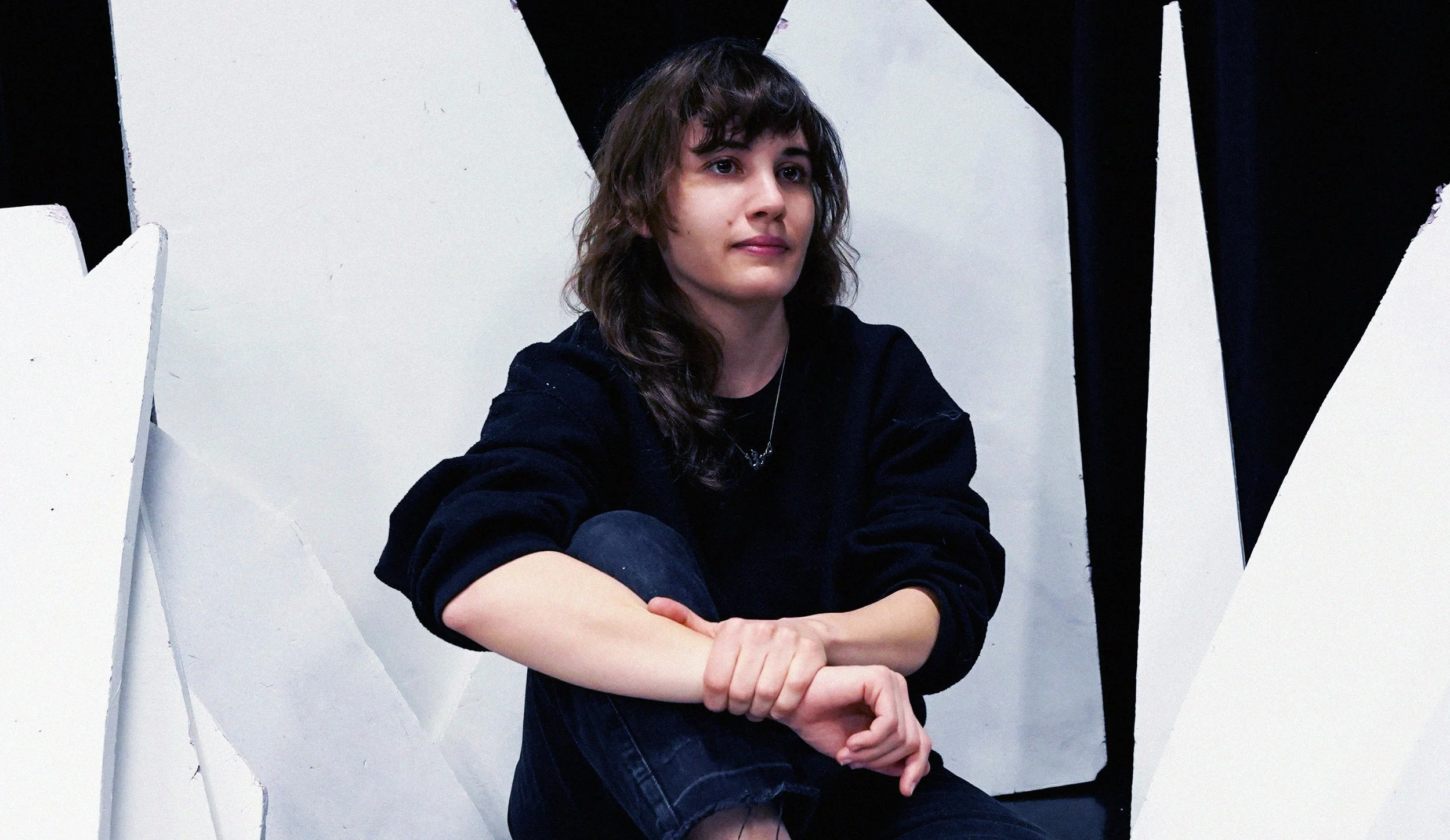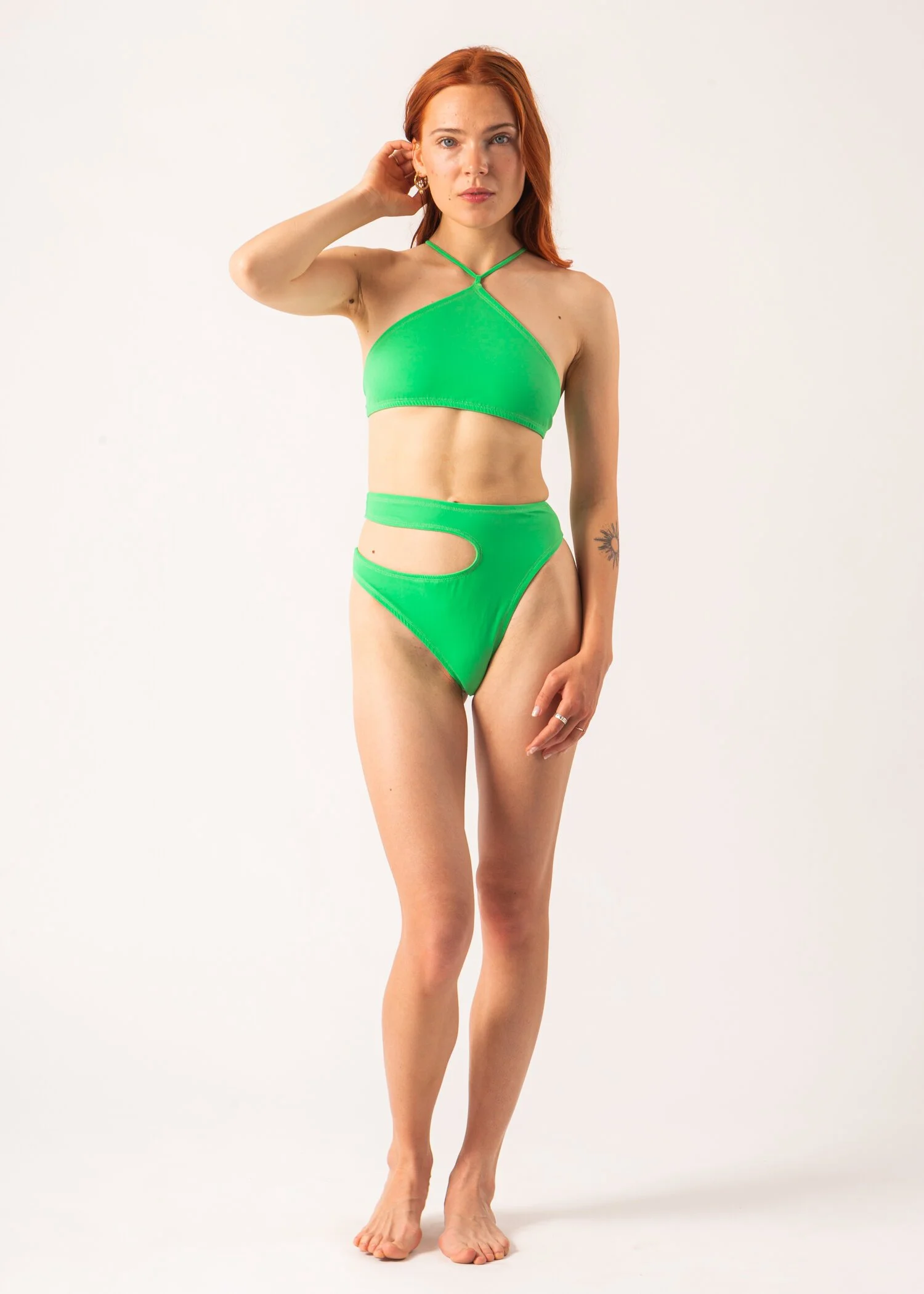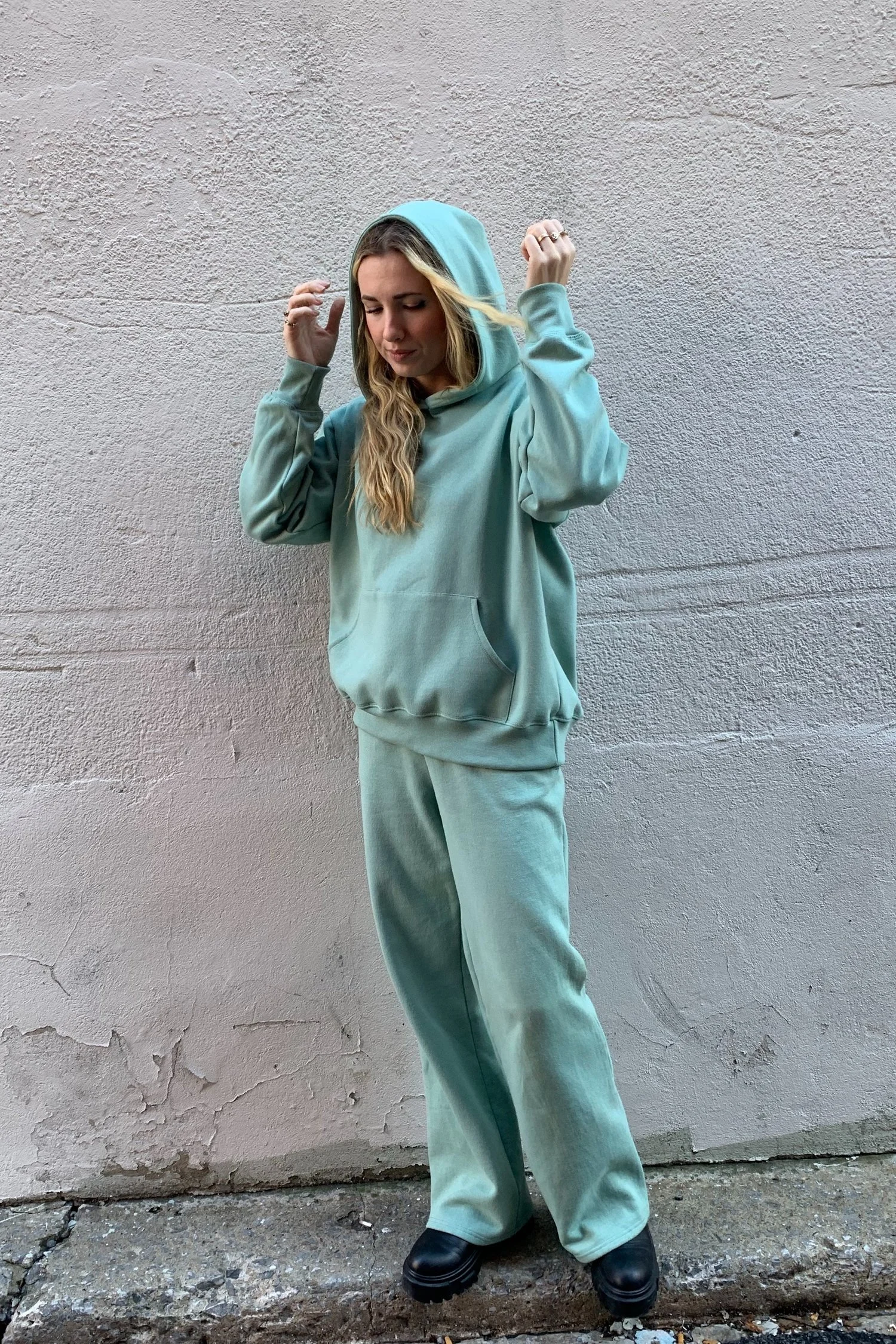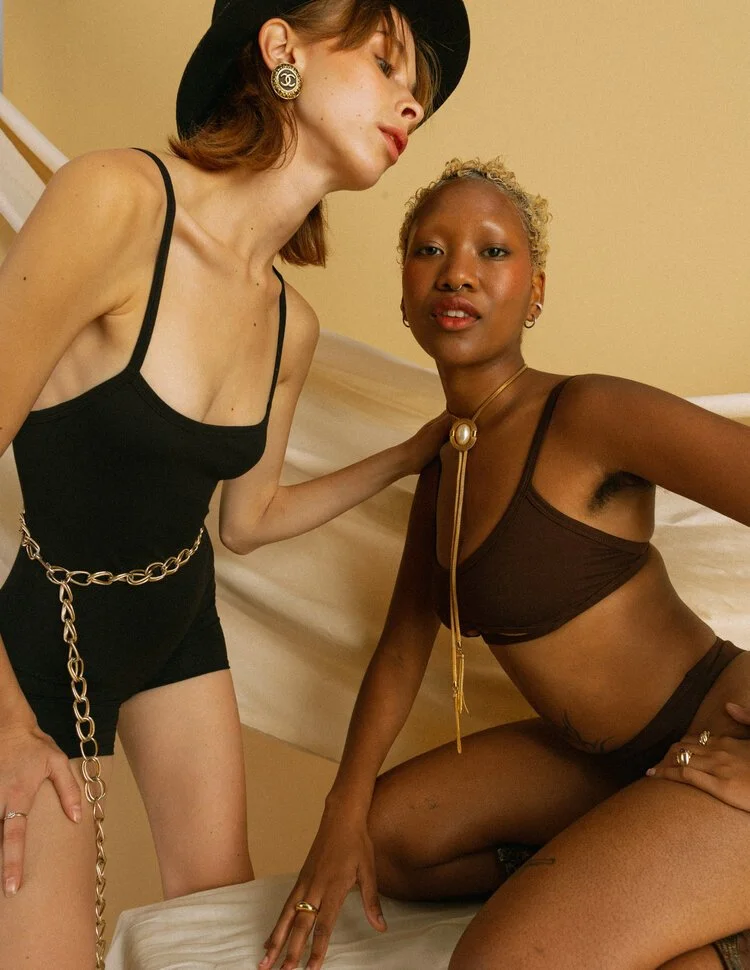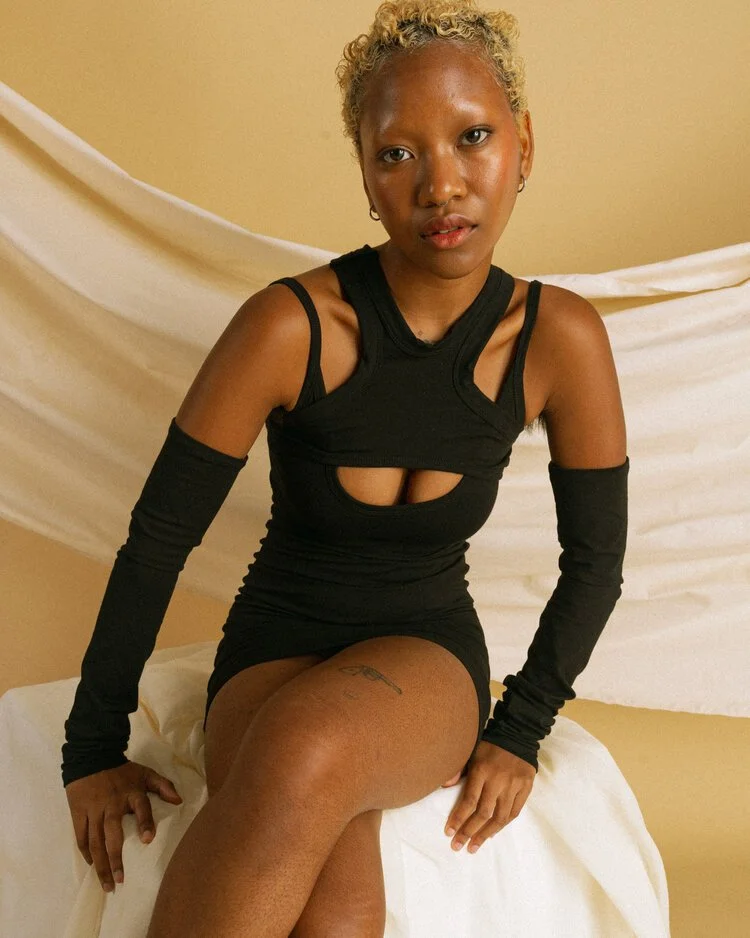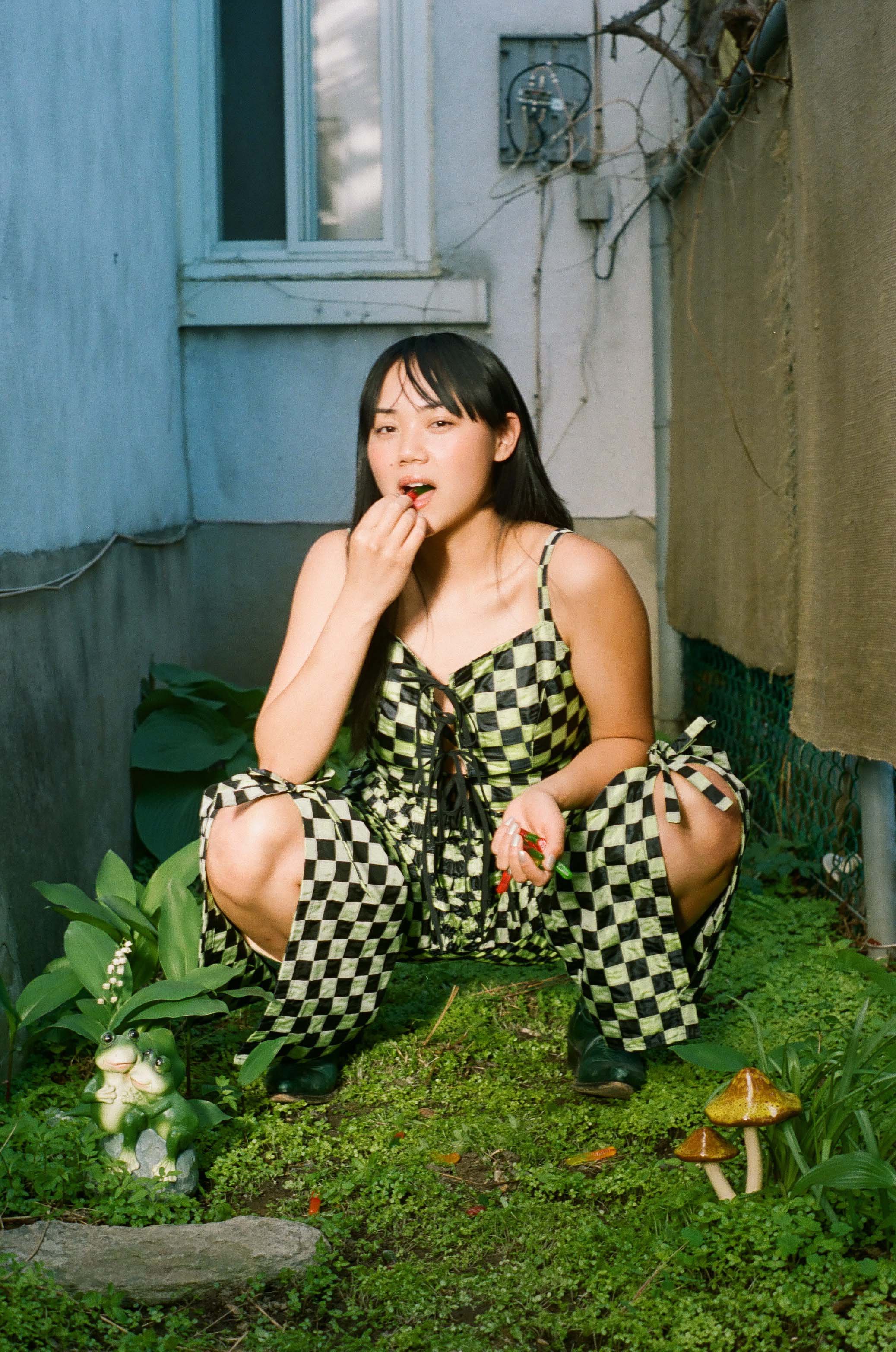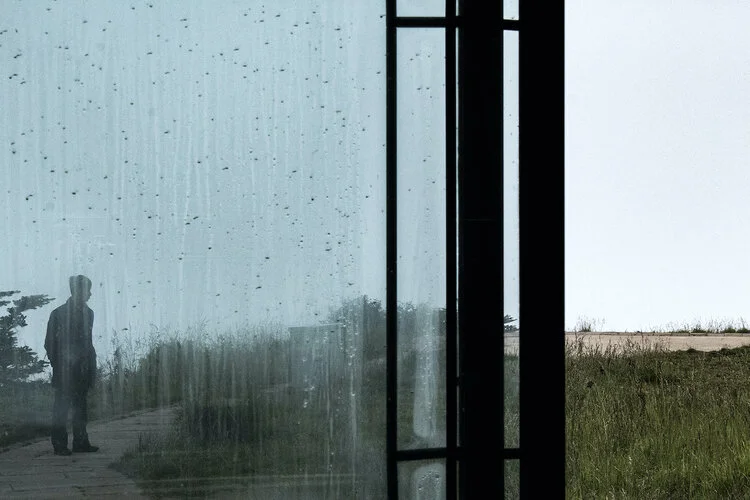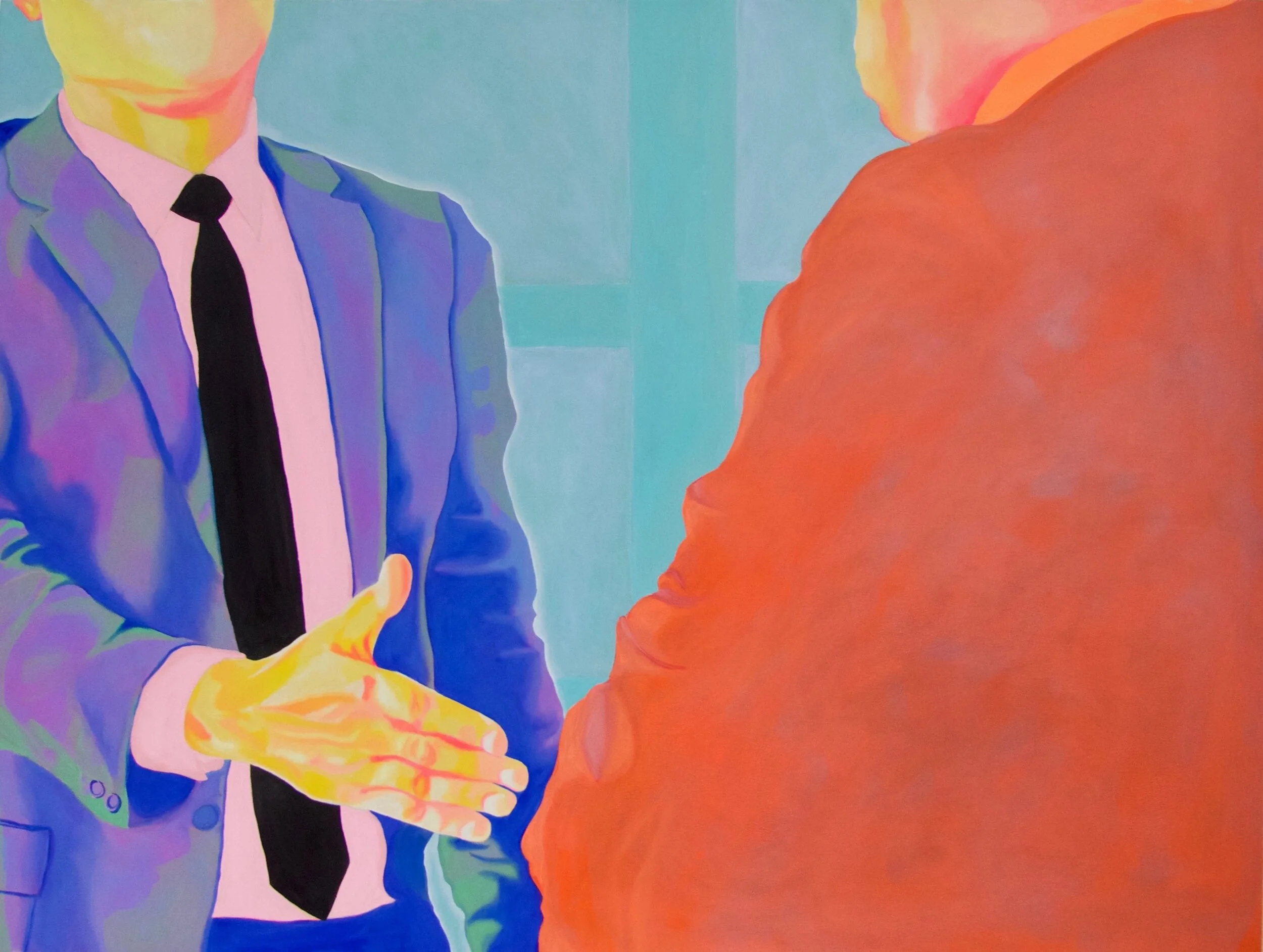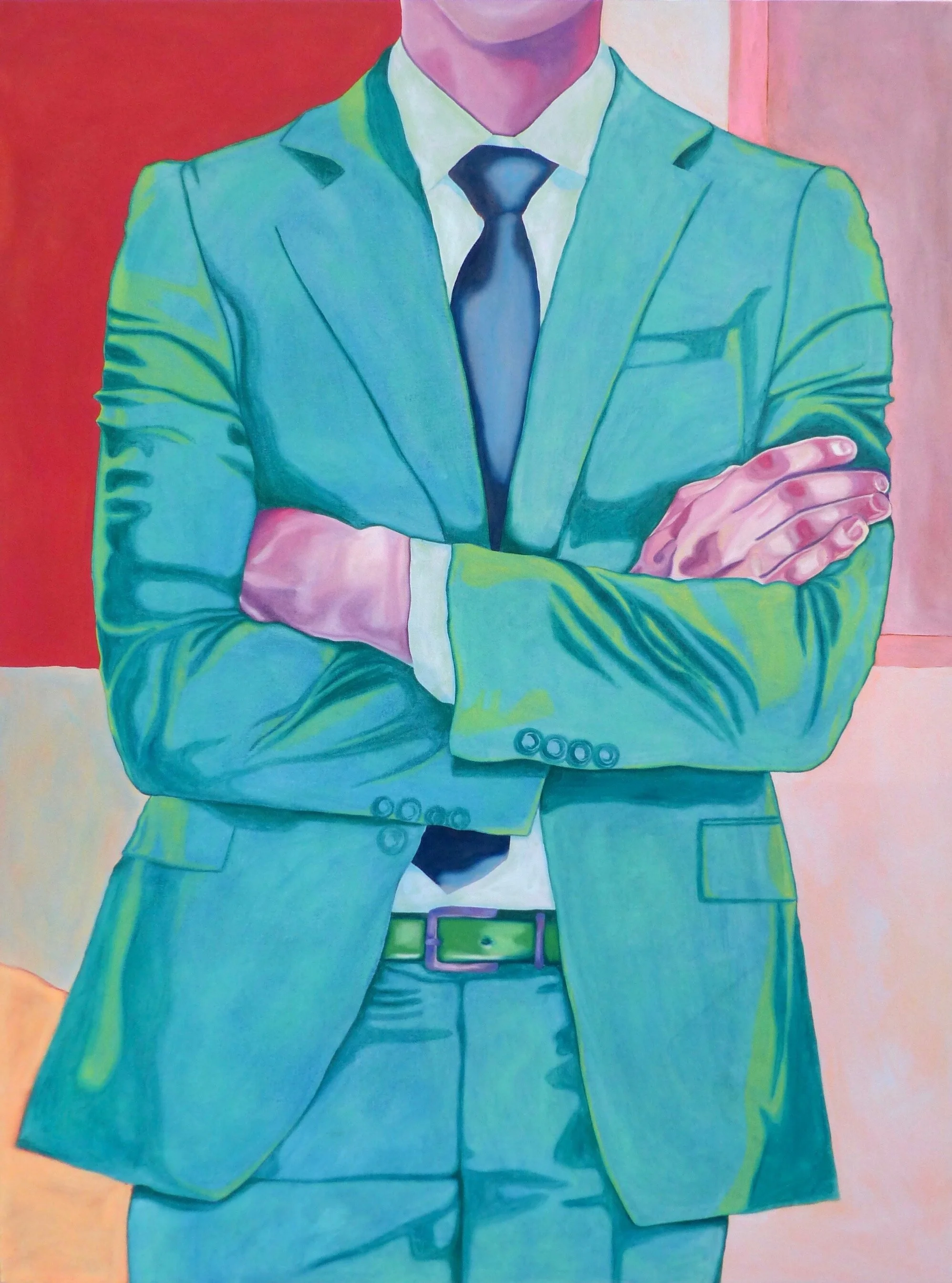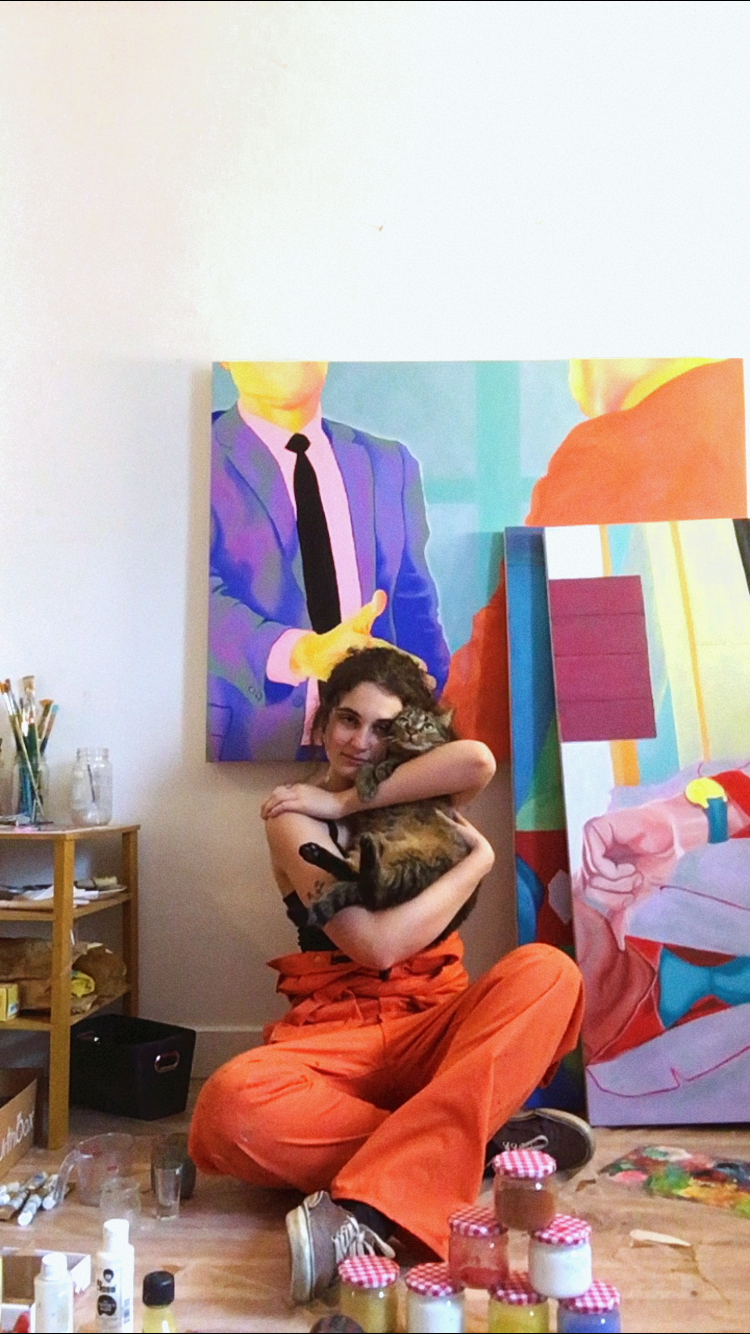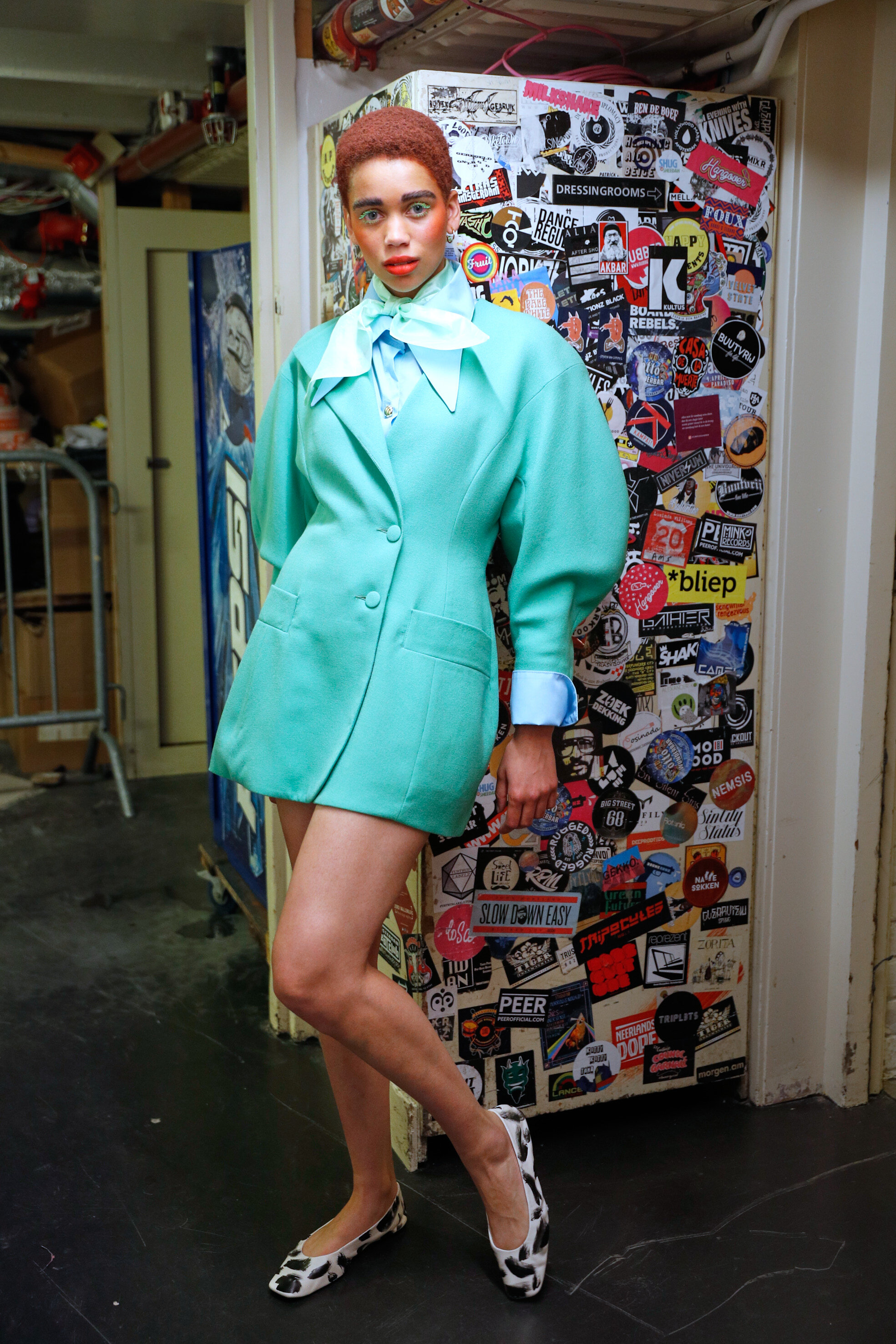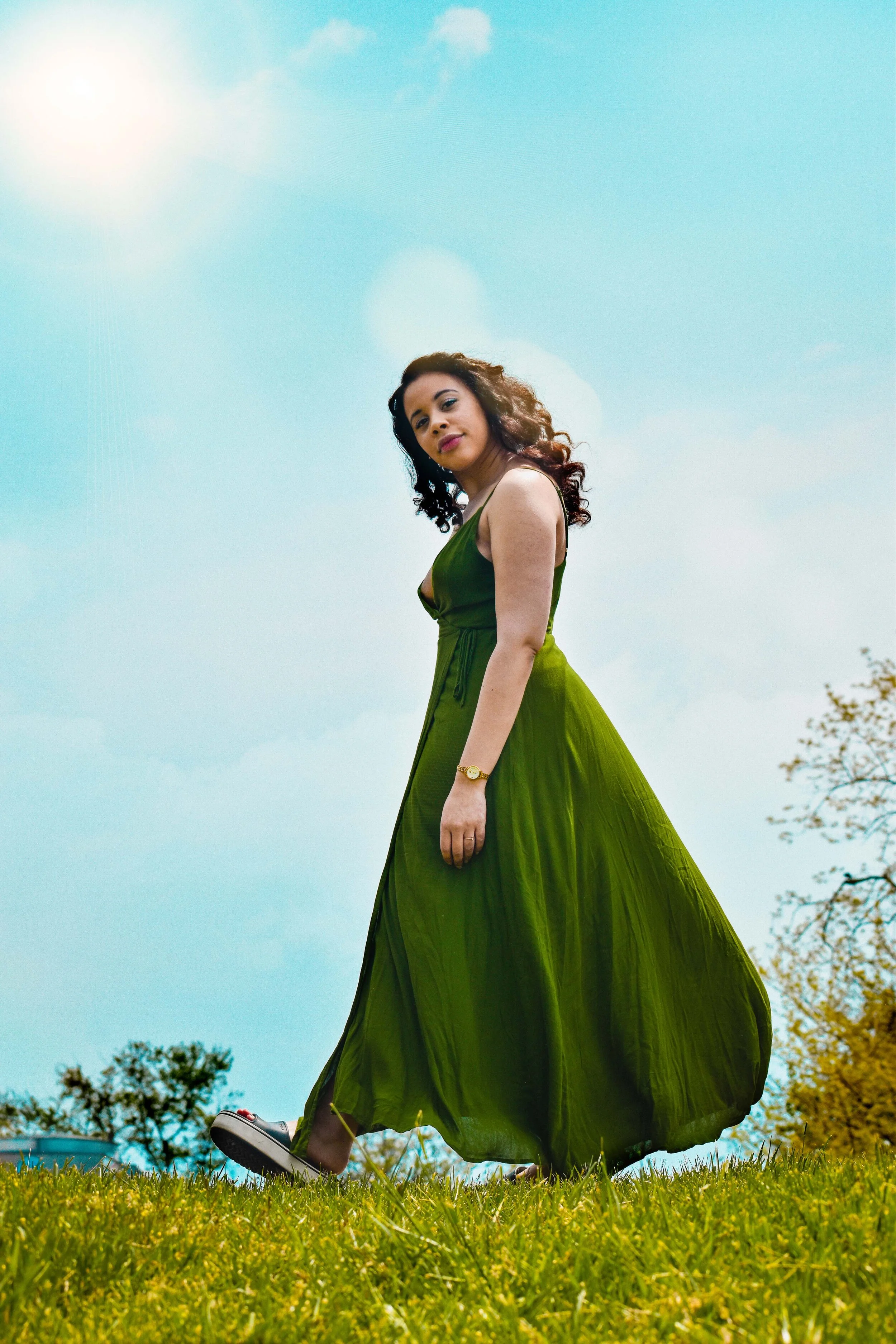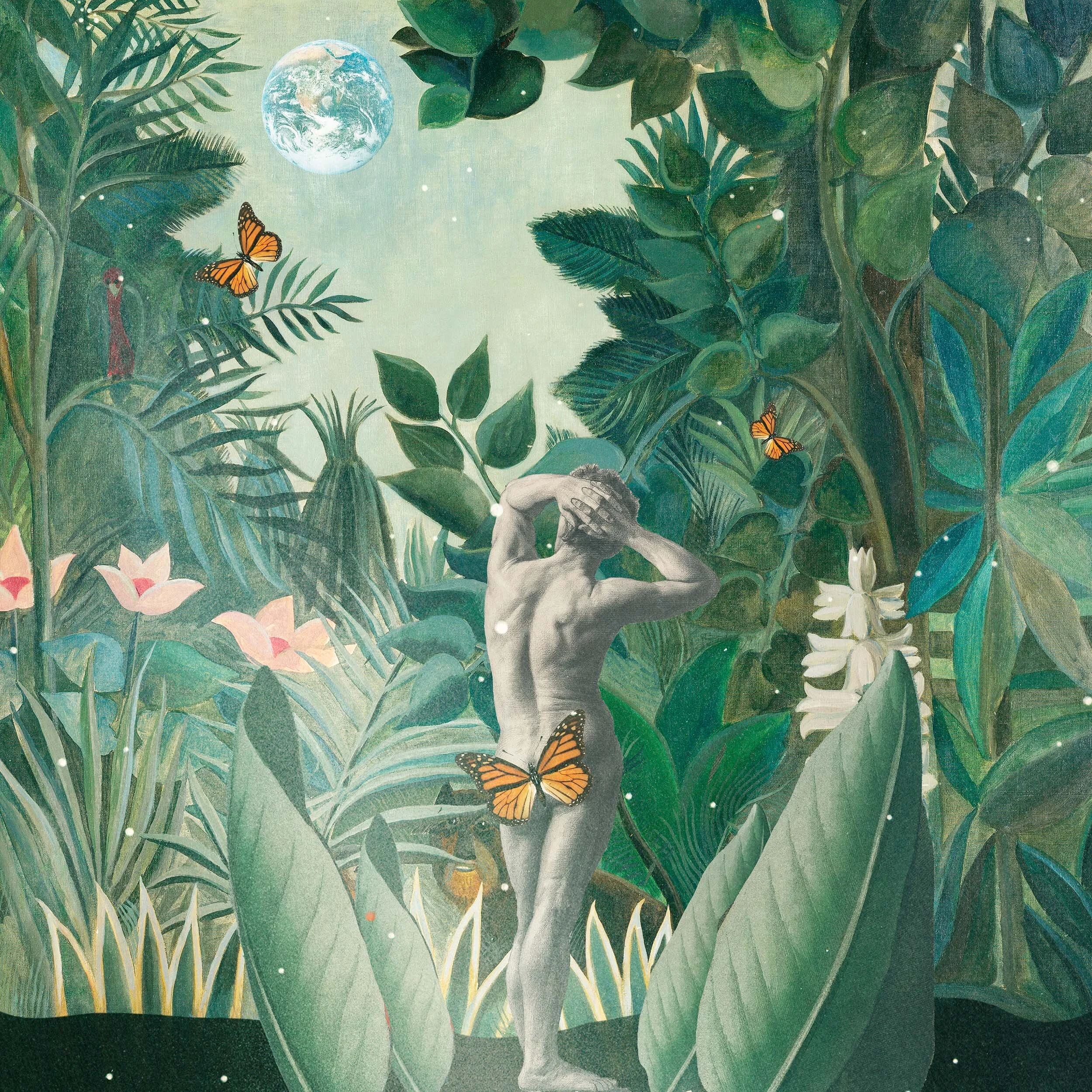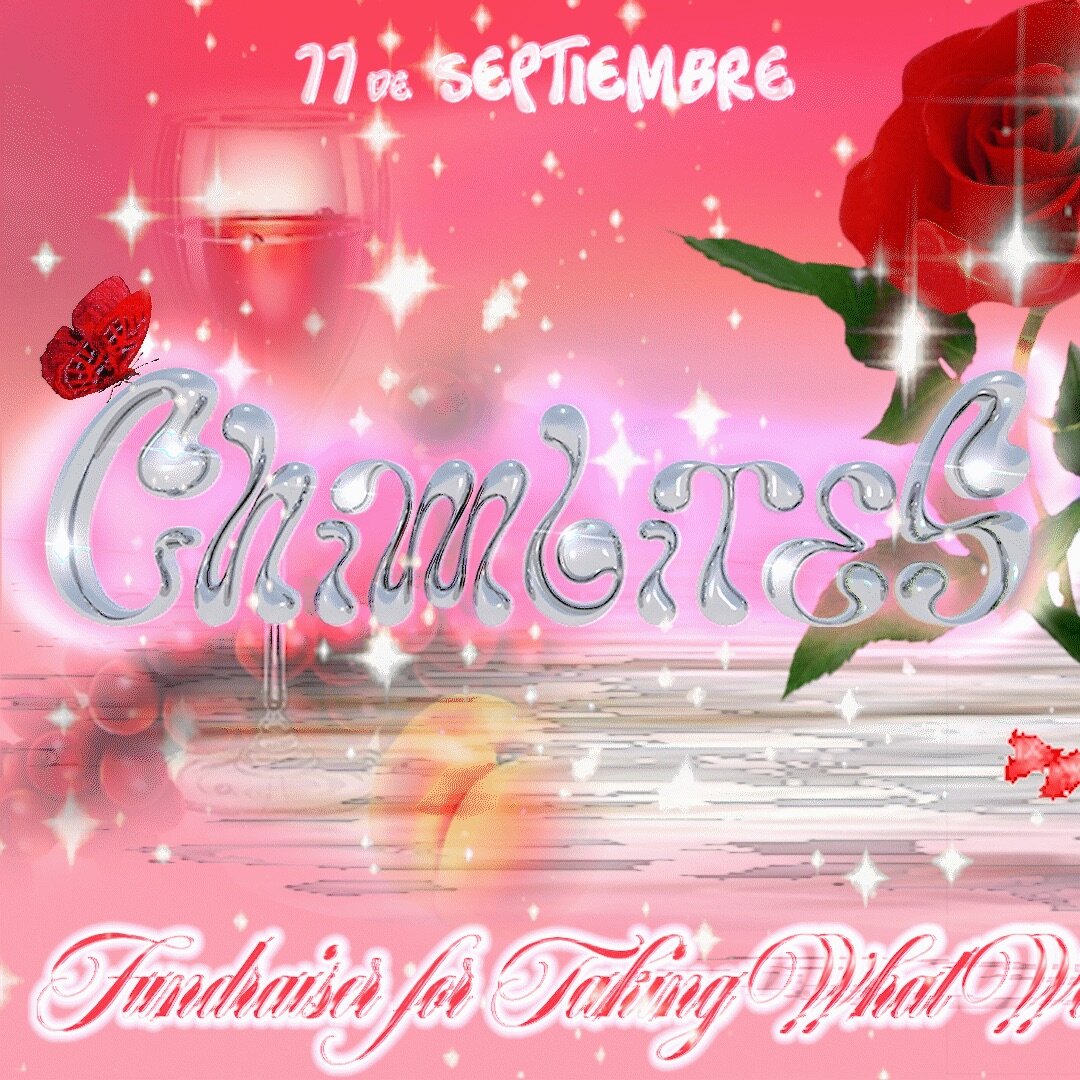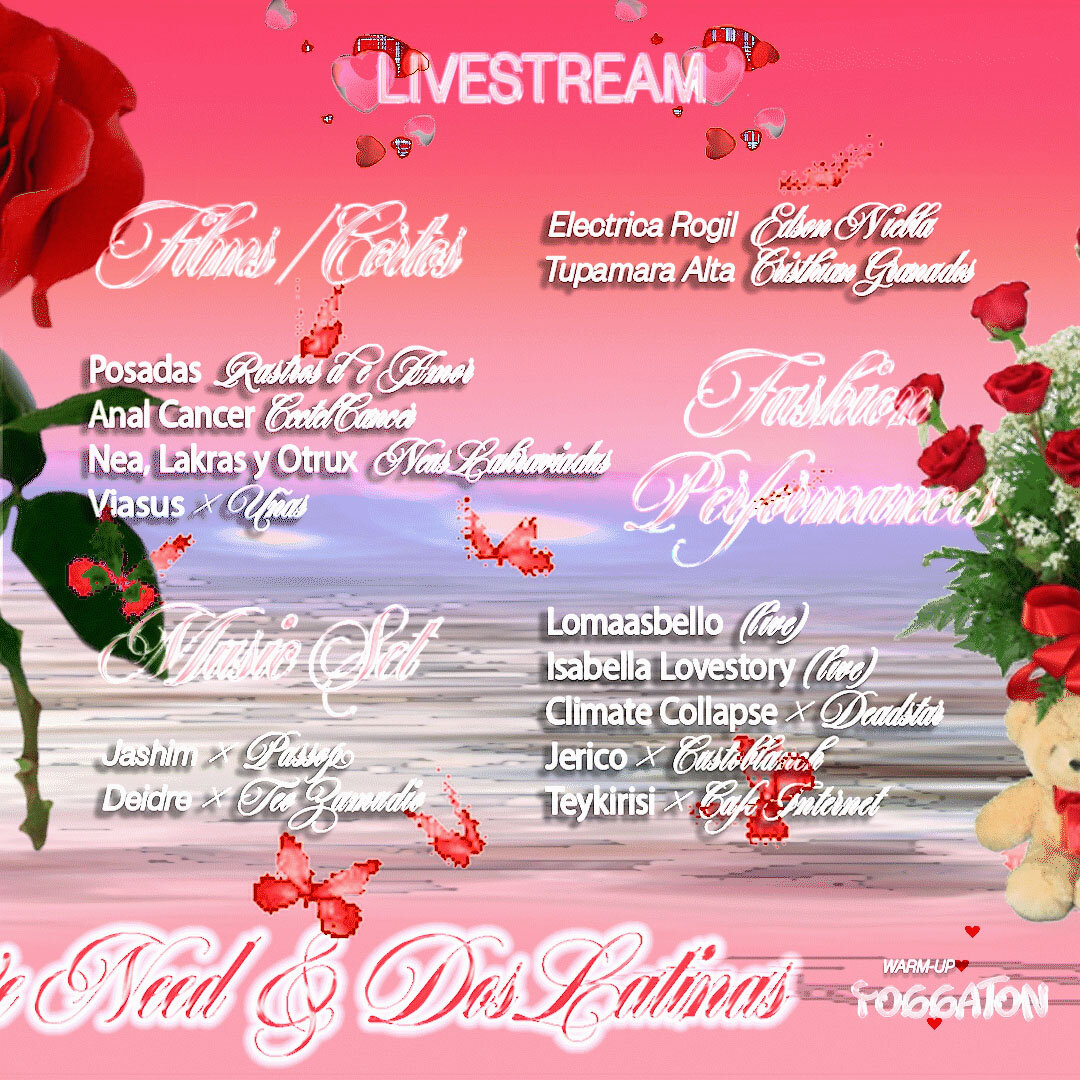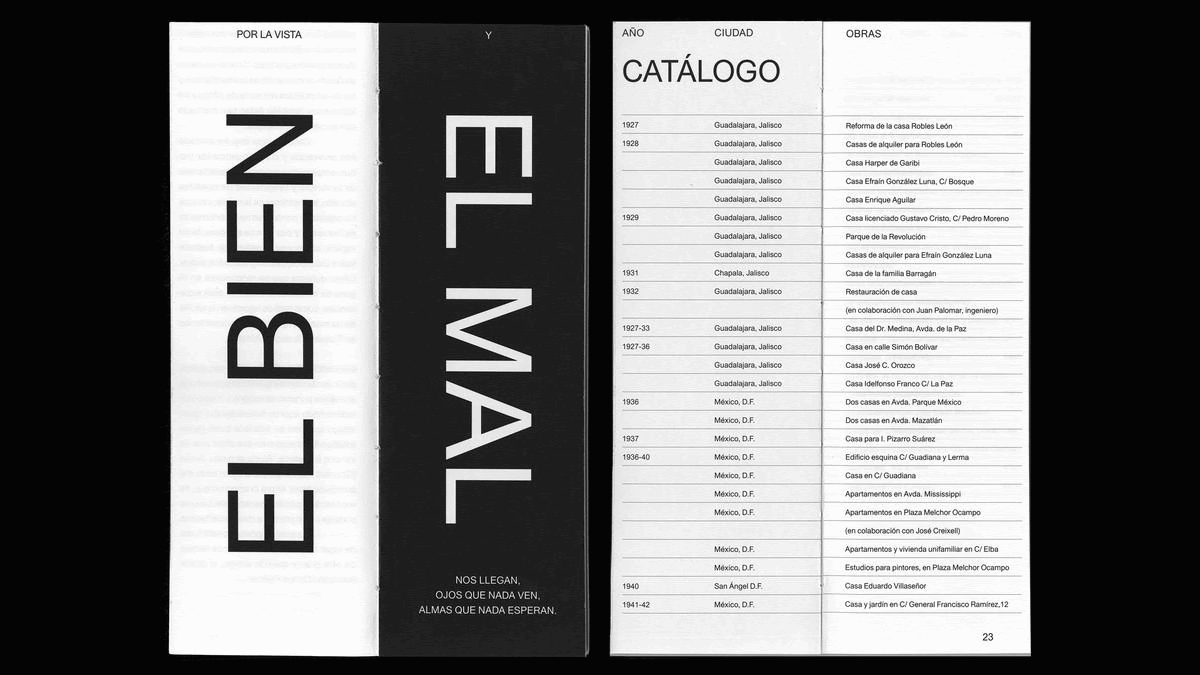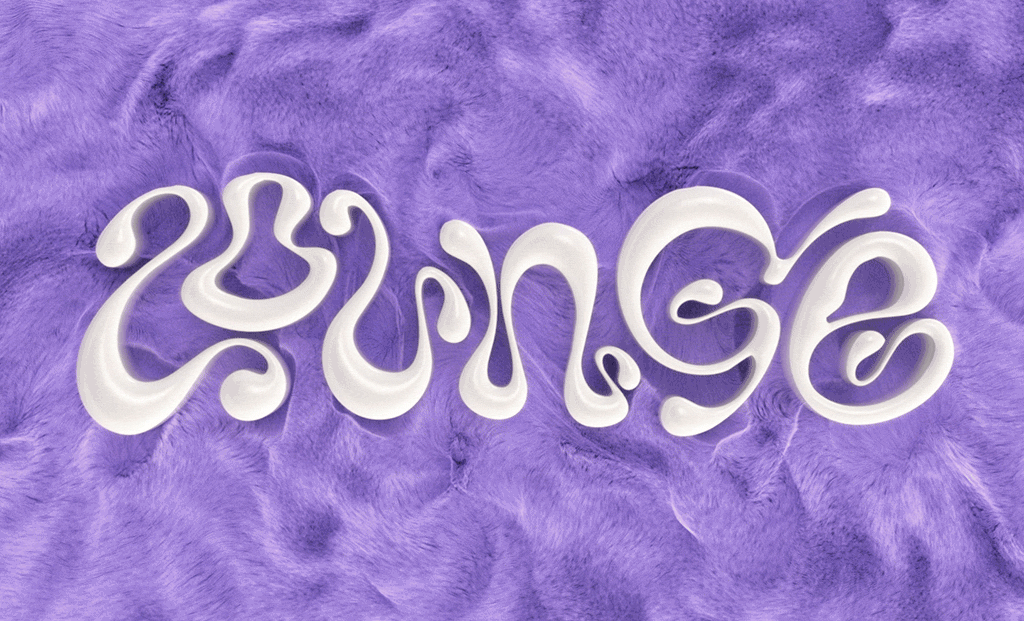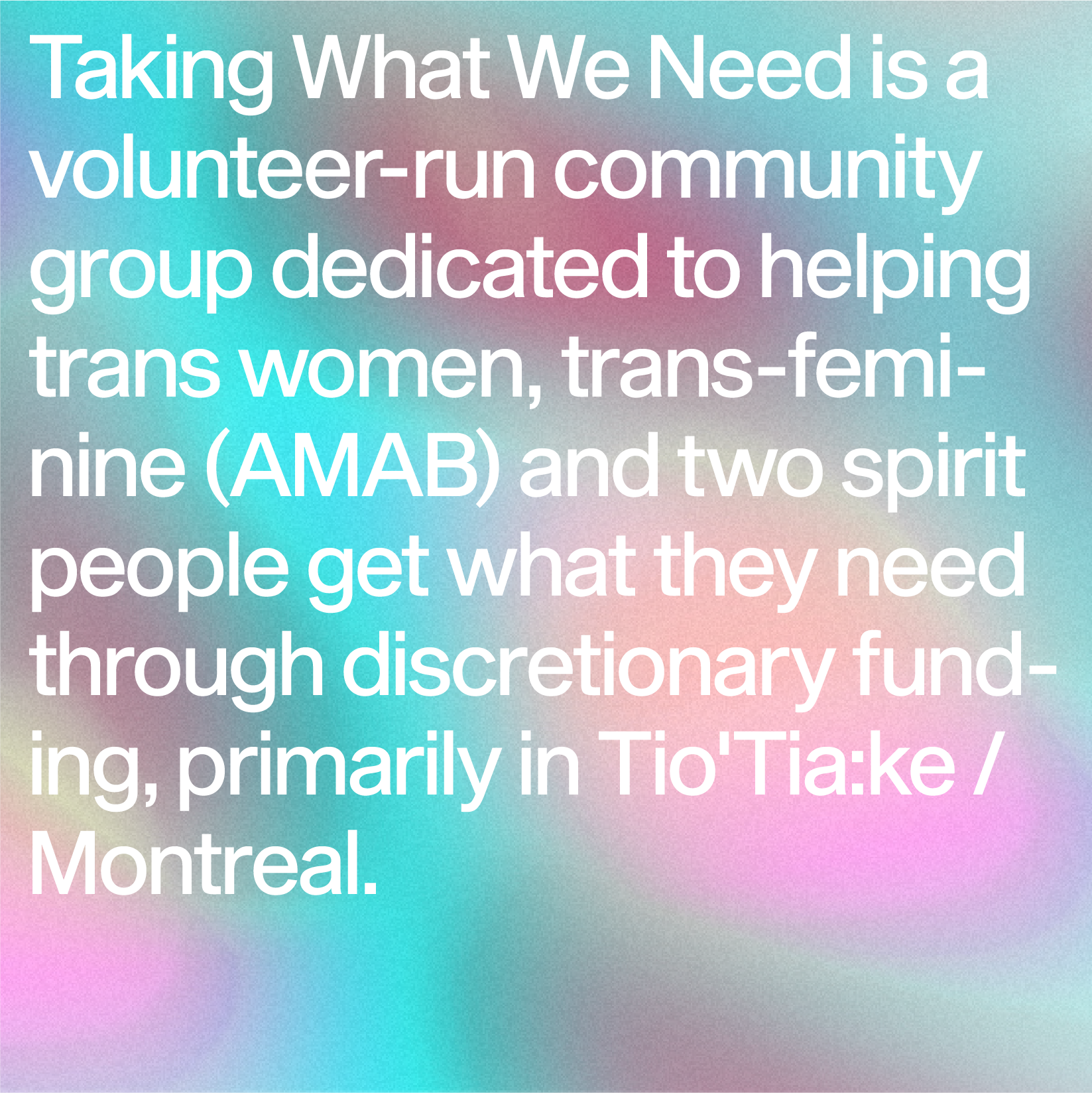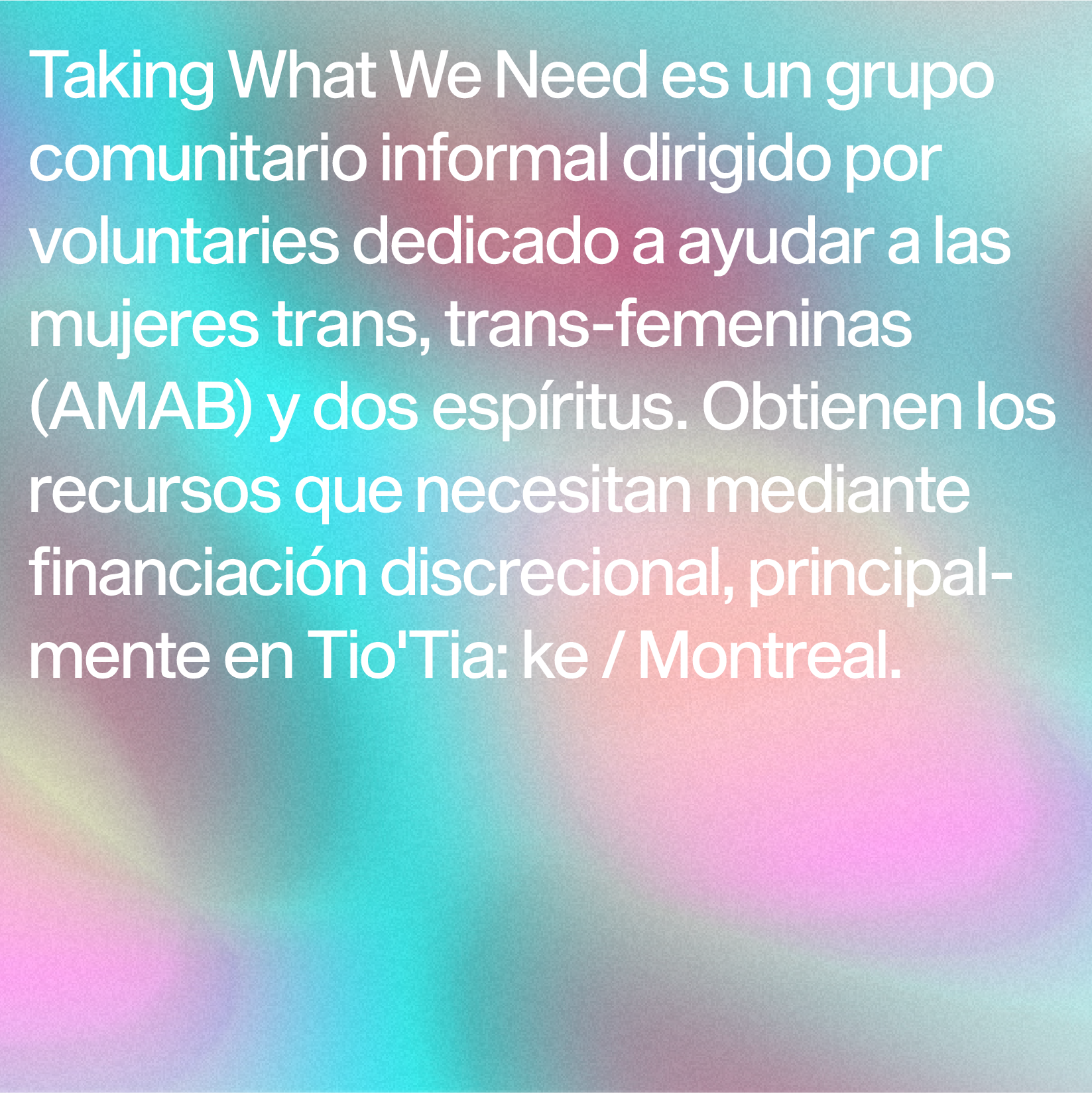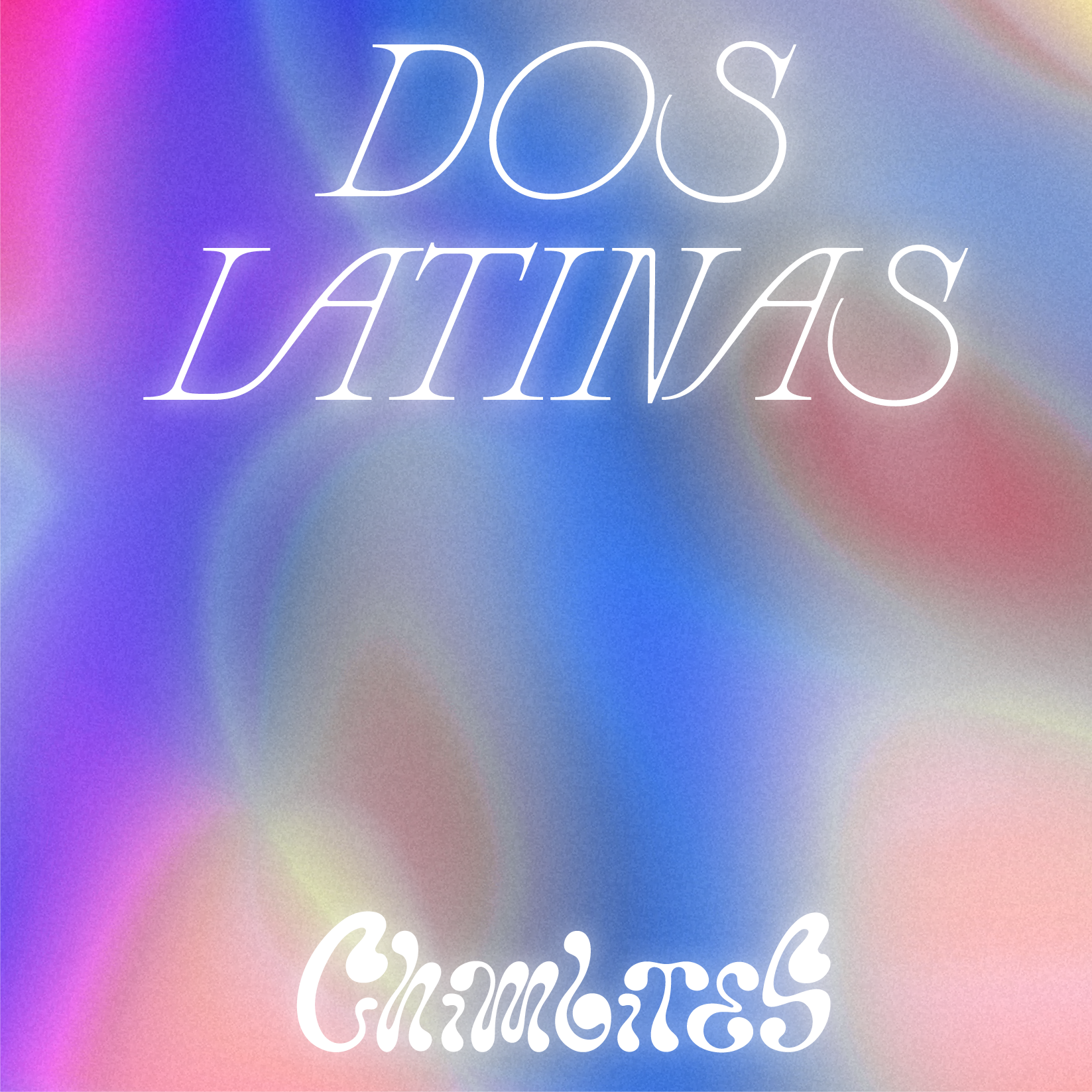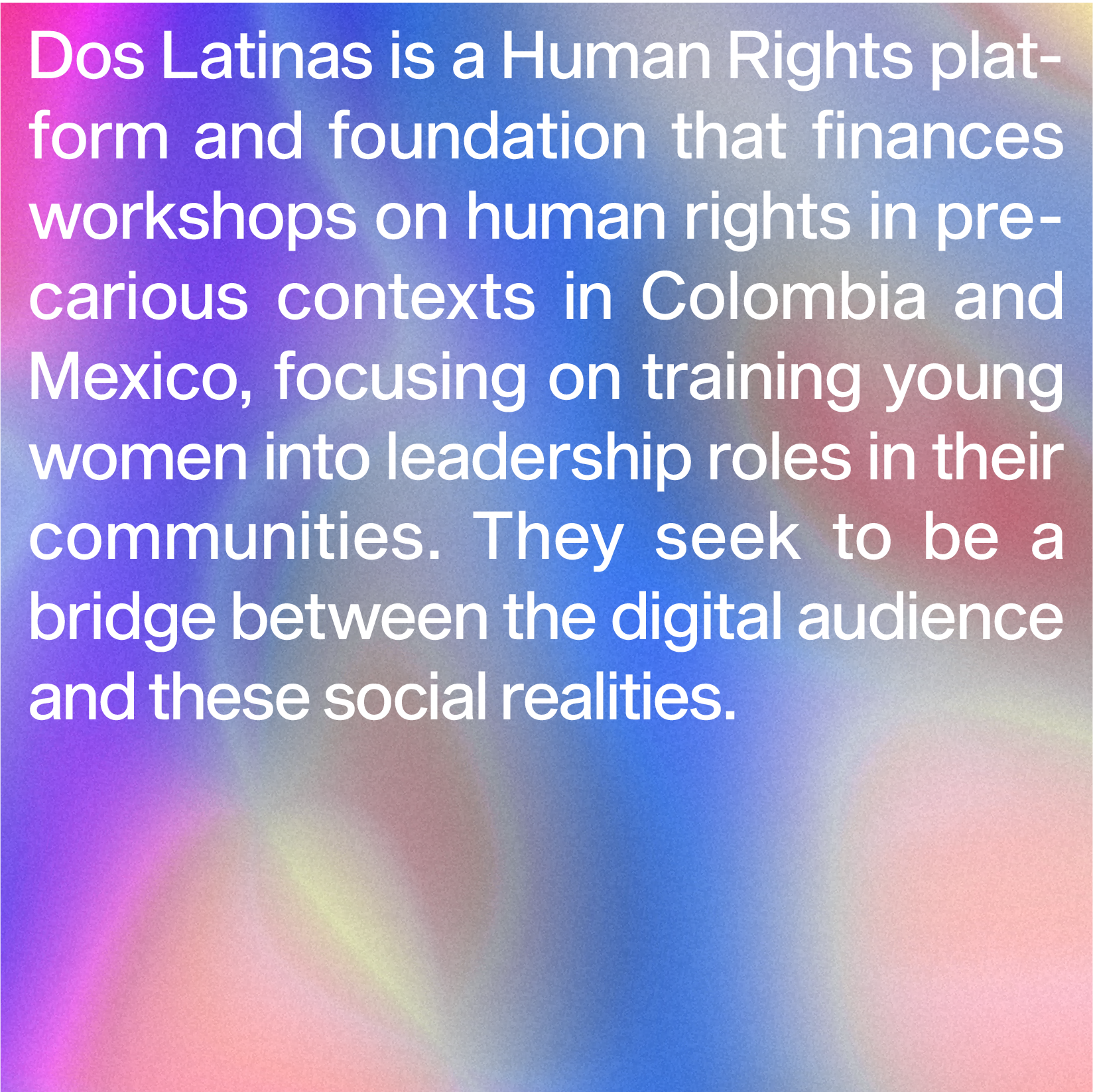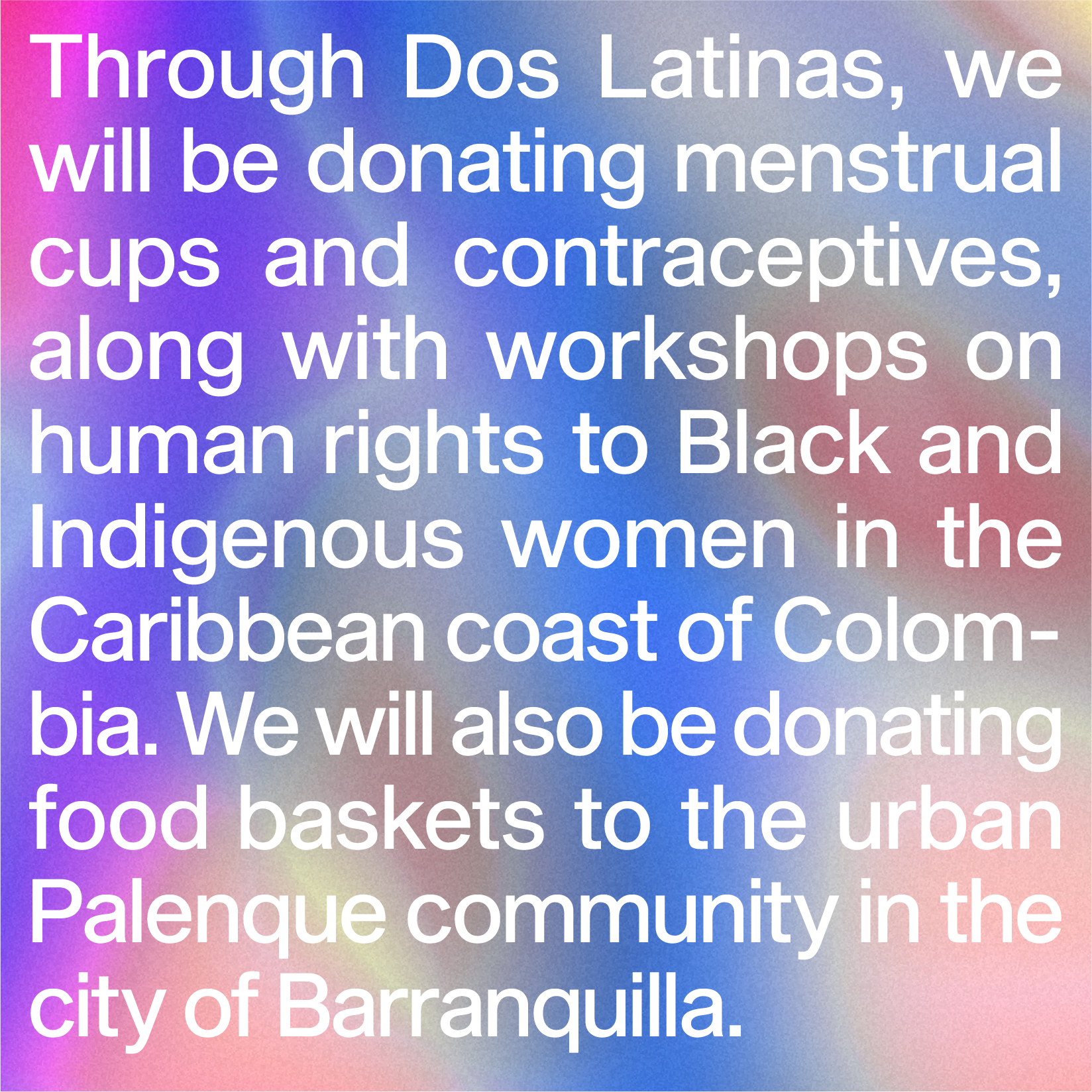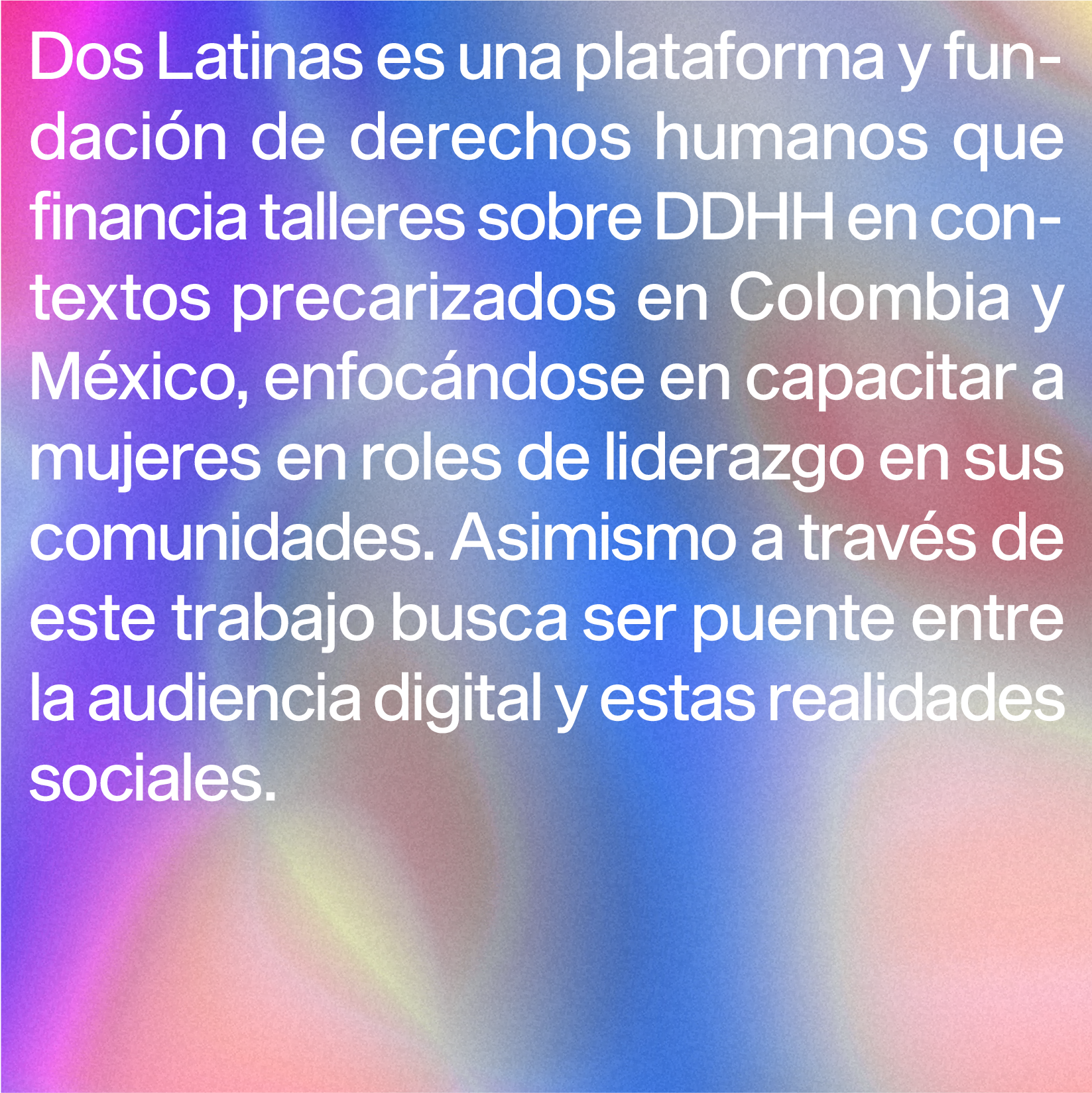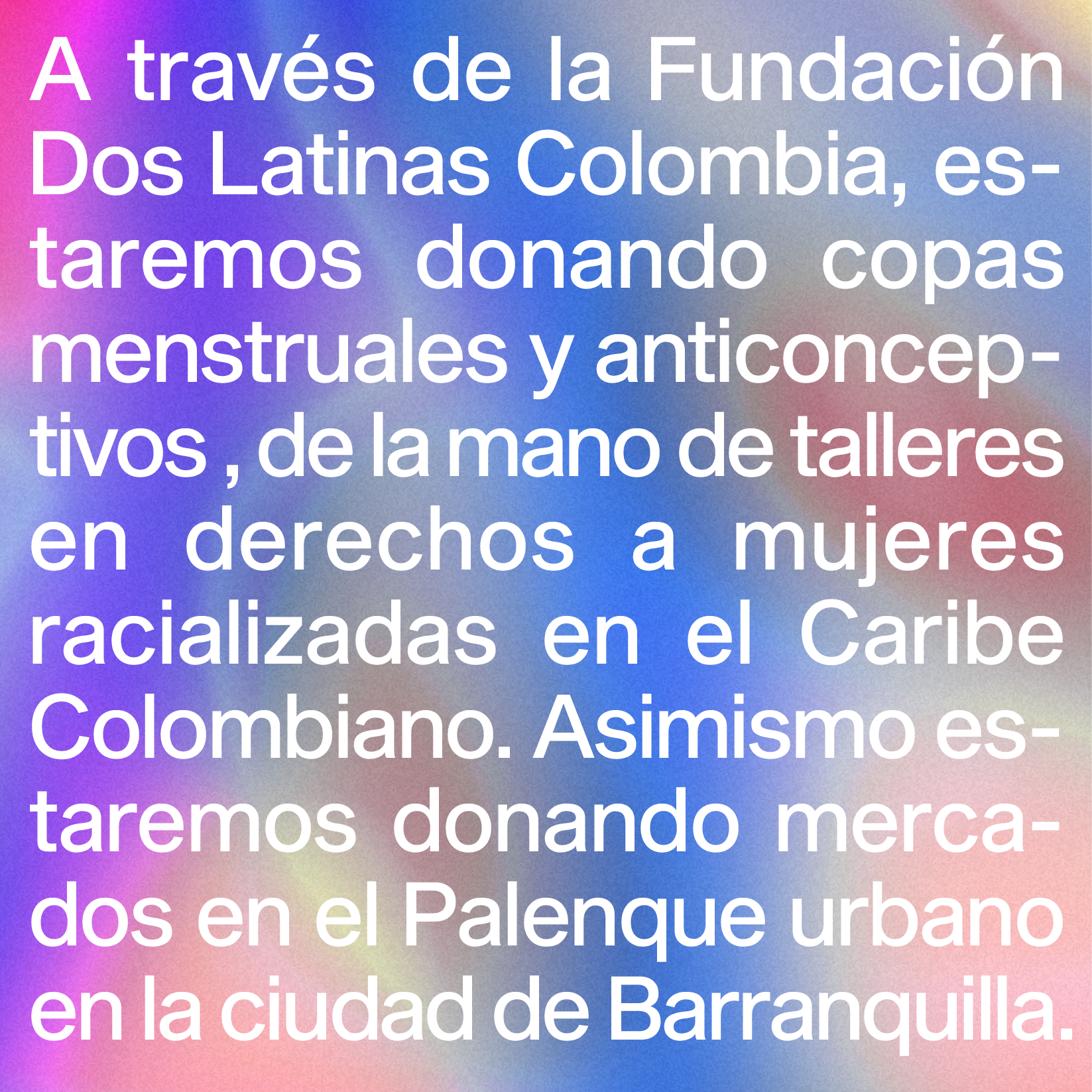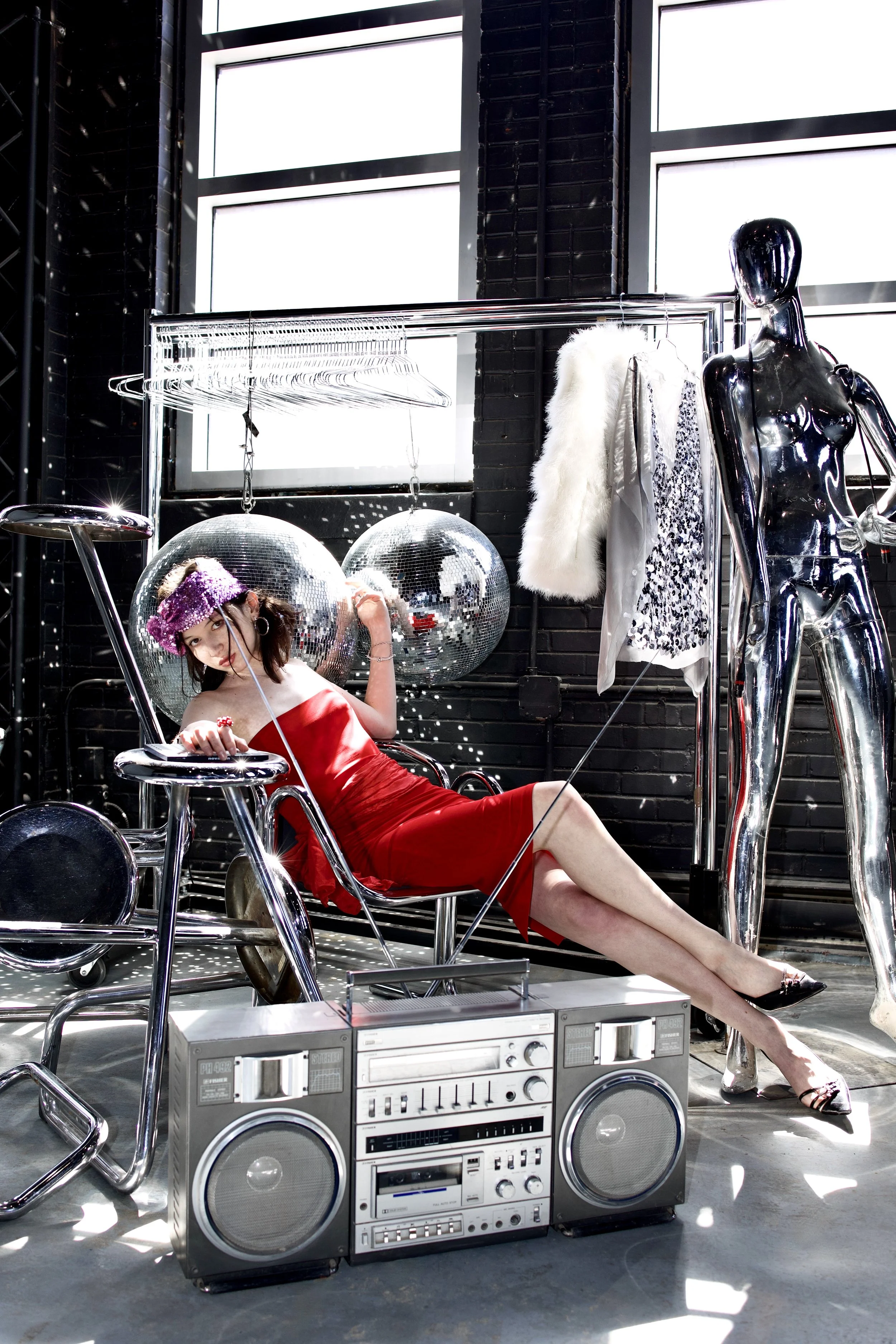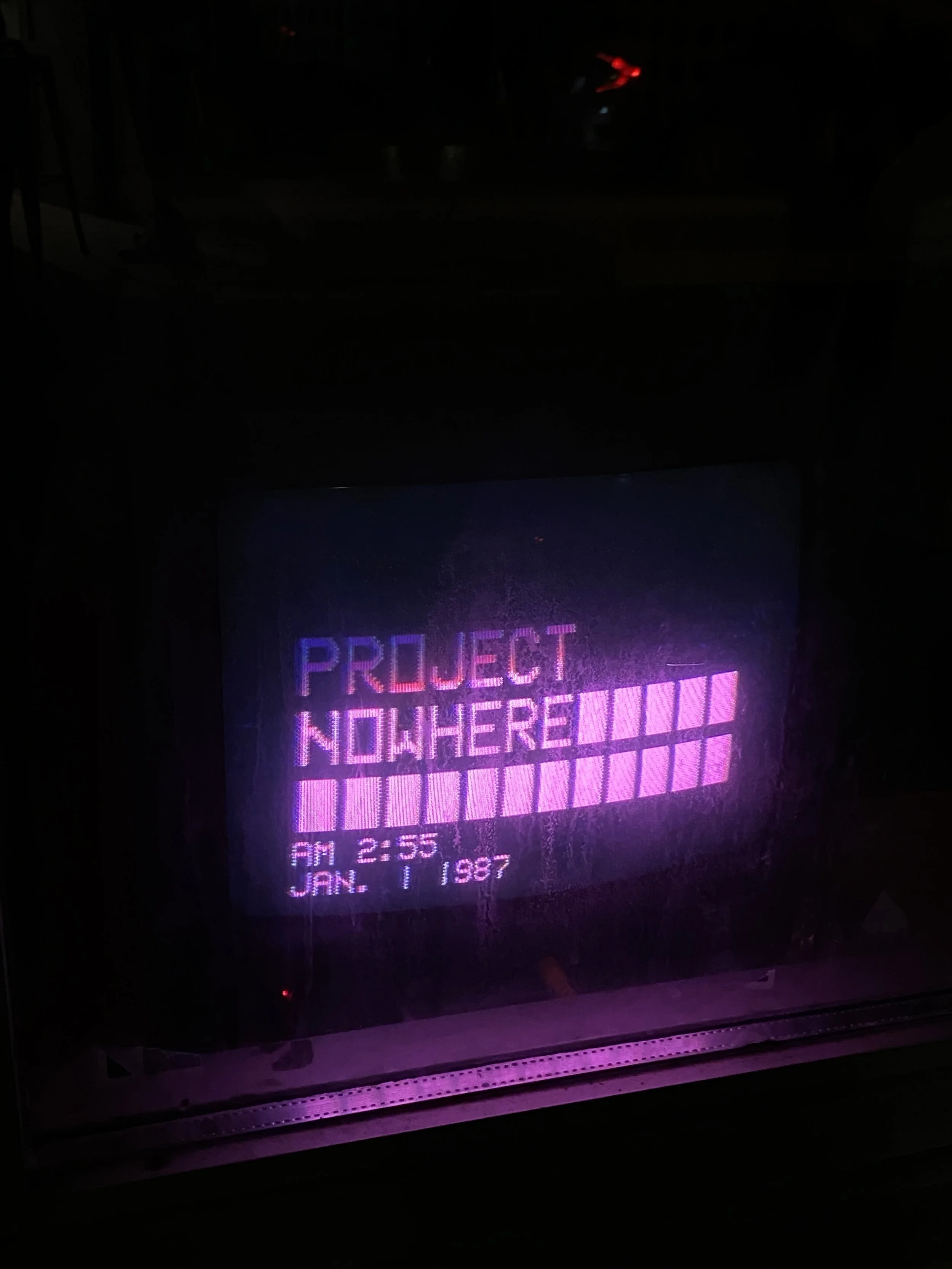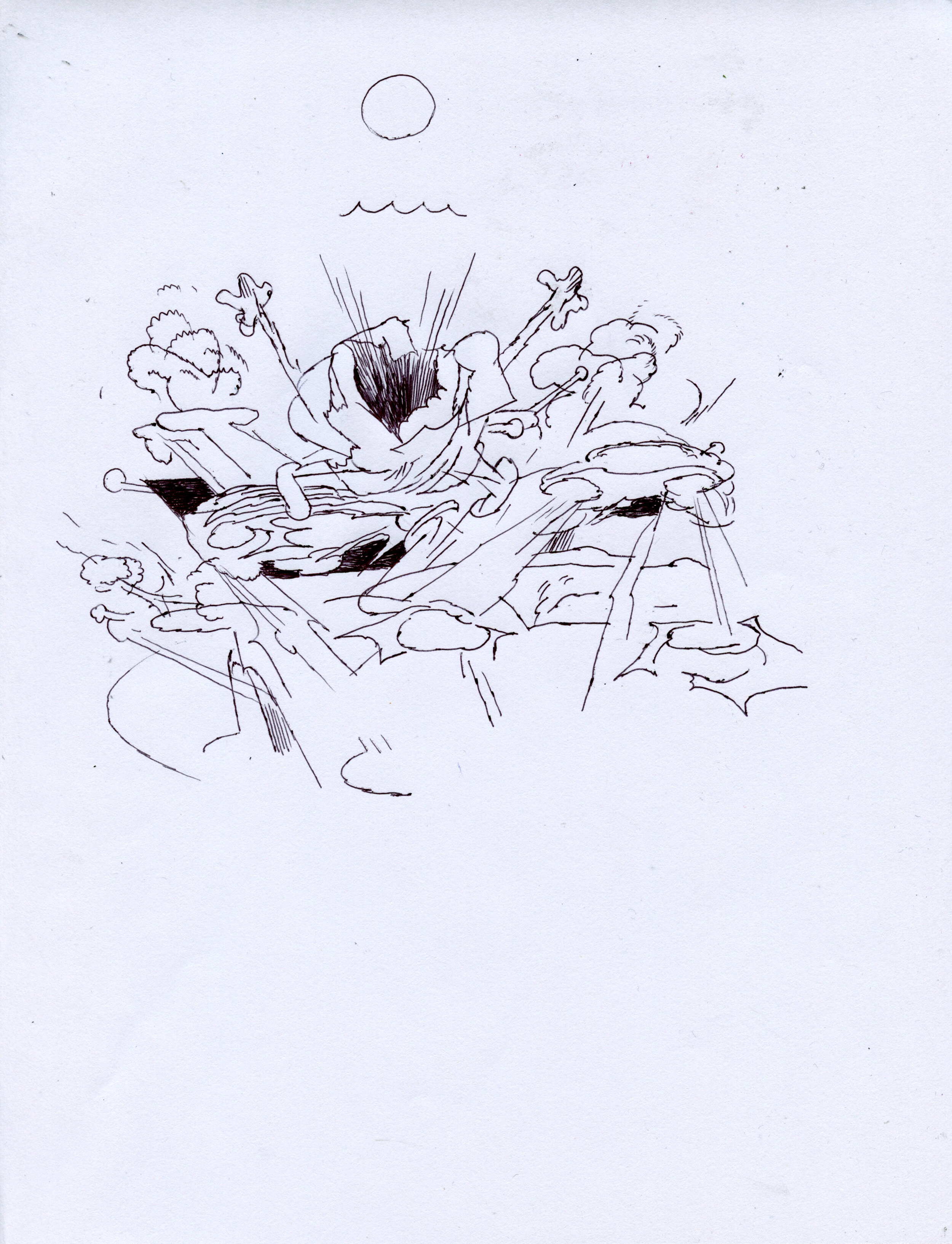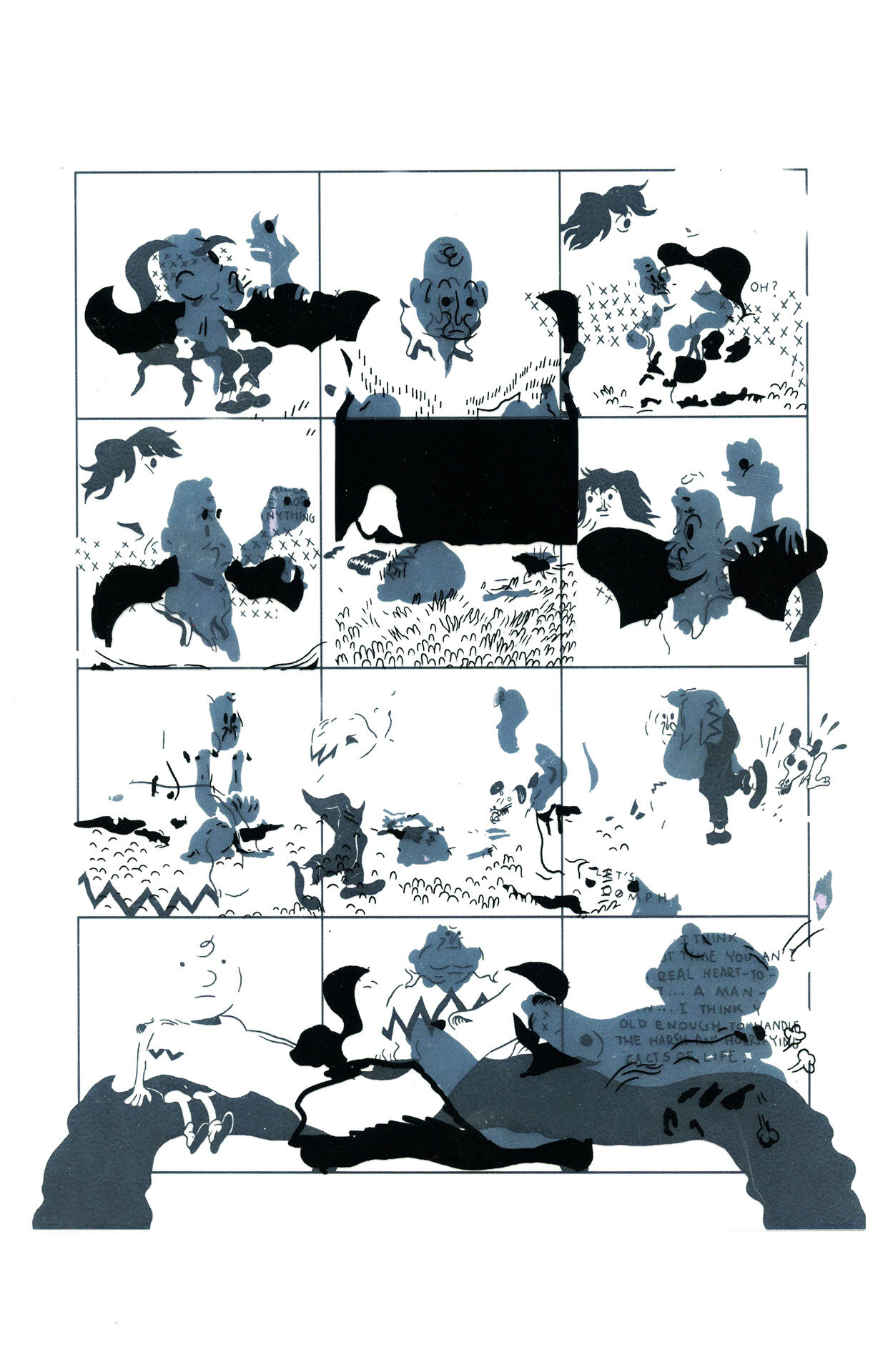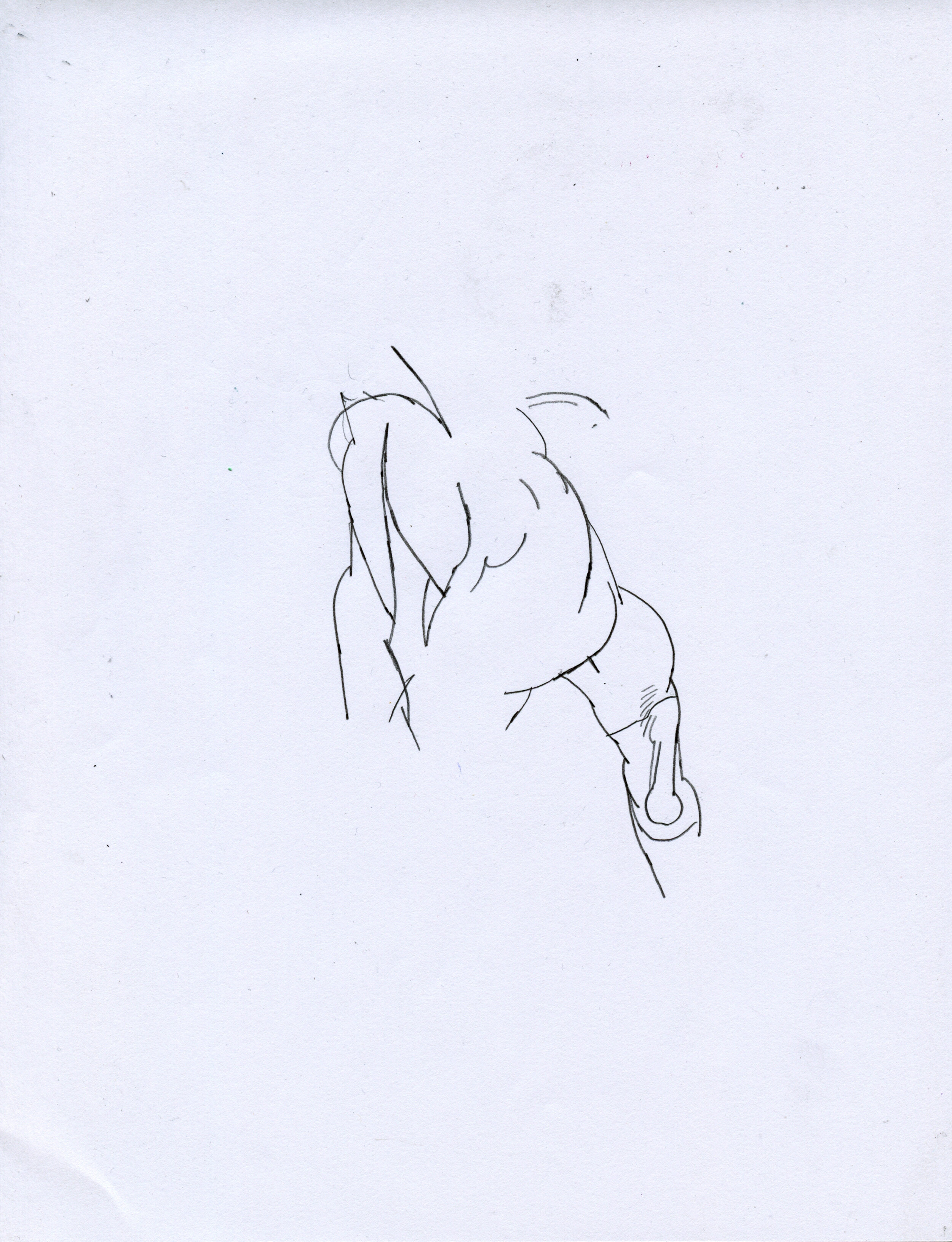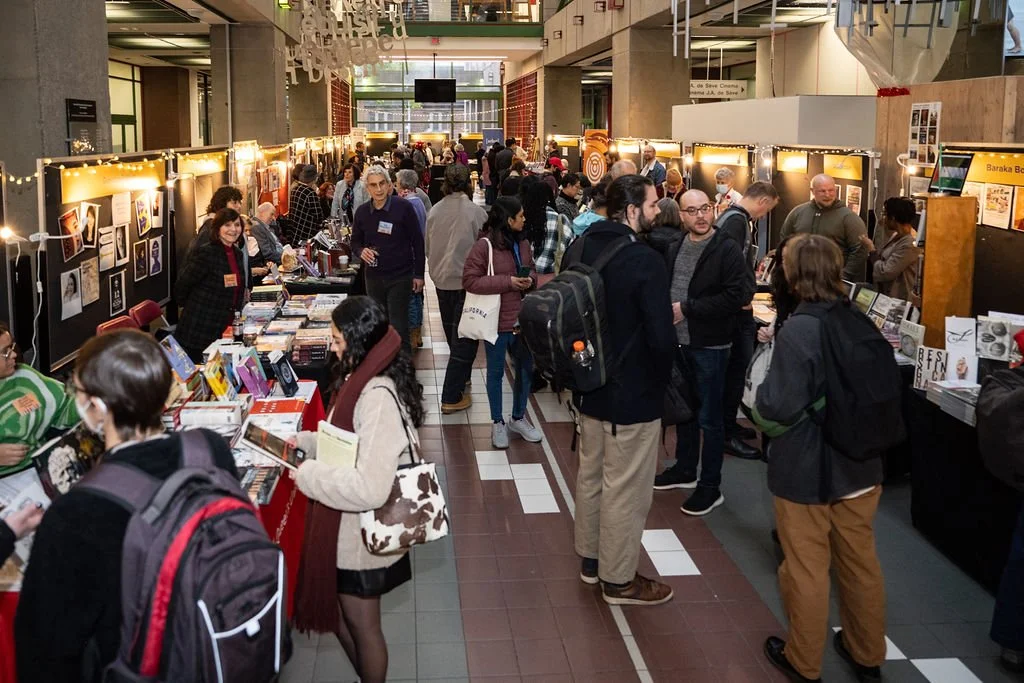I do belong here: A Conversation with Flo Fortune
Flo Fortune by Marie Marchandise
Editor’s note: The following interview and video essay mentions eating disorders and bullying. Reader discretion is advised.
Why do we take pictures of ourselves? Why do we share them? Why do we want to be published? Why do we desire to wear pieces that transform us–armors wrapped around us, there to reassure us–allowing us to become characters injecting freedom into our lives, and granting us the strength to become ourselves? Why do we give life to handmade creations, conceived by spirits whose thoughts only stop at the first clanking sounds of their sewing machines, or when their threads puncture fabric for the first time? Why do we create threads between all of us? Why do we forge ties? Why do we want to meet each other? Why do we create a human and colorful universe? Why do we inspire each other, and feed each other with beautiful visual stories–the ones that smoothly impact you–remaining embedded in your mind? The ones that give you hope, that beckon you, when leafing through glossy pages or watching a fashion show?
All these questions suddenly find an answer when Flo Fortune opens the doors of this grand dance studio, enveloped between high trees, sun, and silence. Fortune, a professional model, arises quietly and elegantly, such as the echo of their steps on the floor. They are waiting for one thing only: the camera revolving around them; to catch and control it.
Marie Marchandise for Also Cool Mag: How would you present yourself? How do you think you are seen? How would you love to be remembered?
Flo Fortune: I’m Flo, a 28-year-old queer, midsize model, social media consultant, mental health advocate, writer, and anorexia survivor.
I think I am seen as a brave person, as I never shy away from stating the mental health issues I’ve dealt with. Being openly vulnerable, on and offline, isn’t easy, but I know for a fact that it can help people feel less lonely in a society that values so-called perfection and success at all costs.
People might also perceive me as a woman because I’m very femme-presenting, which can be difficult to process sometimes.
I want to be remembered as someone who always did what they thought was right and tried their best to achieve what they wanted, even when it seemed impossible.
Flo Fortune by Marie Marchandise
Also Cool: What is it like to be a model in Paris?
Flo Fortune: No need to sugarcoat it, it’s really hard. Paris is the city of fashion, but in a very traditional way. There is, to this day, very little room for the misfits, fat people, midsize people, people of colour, and disabled people.
For the most part, we simply do not exist, and the ones who made it went through a lot to get there. Diversity isn’t a priority or a goal; it’s mostly a marketing tool. I couldn’t name more than five fat, midsize or nonbinary French models who managed to succeed in France. When it comes to disabled models, it’s like they don’t even exist in the French market. It’s a shame, and I think that the “Parisienne” myth has a lot to do with that.
Flo Fortune by Marie Marchandise
AC: What defines a “good” model, to you?
FF: Someone who isn’t afraid of not looking pretty, who is ready to play a role, to tell a story. Someone who can use their vulnerability, their story, and their strength to create “the shot.” You have to be okay with the fact that you will give a piece of who you are when on set. Not everything has to be about measurements. Agencies are now, more than ever, looking for personalities, people who have a voice, and things to bring to the table.
Flo Fortune by Marie Marchandise
AC: How can fashion be more political? What are the first “baby steps” to make the industry more in sync with our era and society?
FF: There are tons of topics that should be discussed and actions to be taken. Sustainability, access to fashion schools, diversity, and ethical work, to name a few. However, none of these issues will ever be truly discussed since most of the industry is still ruled by white, aging, cis male billionaires.
Brands, Maisons, magazines and agencies have to take responsibility and hire people of colour, disabled people, young people, queer people, and fat people, at every level.
Flo Fortune by Marie Marchandise
AC: Are there any true changes that you’ve spotted?
FF: There are lots of exciting projects that keep me from being pessimistic. For example, I really hope that brands like Marine Serre or Ester Manas, who are getting recognition in France, will inspire others to showcase the same amount of diversity on the runway. Similarly, concerning their sustainable fabric-sourcing, I believe they can influence small designers to consider eco-friendly alternatives and new production processes.
In 2022, I came across many podcasts and Instagram accounts whose goals are to desacralize the fashion industry and share resources. Be it by posting upcycling hacks or addressing issues, such as the colonial dynamics that are still at play within the fashion industry.
Another thing that comes to my mind is the current debate about nepo babies. We’re finally collectively talking about the fact that most people in fashion don’t come from the working class and that it has to change!
That being said, I think it’s fair to say that change is being pushed by “small” creators, brands, journalists and so on, and not by those who have the actual power and the means to make a huge positive impact.
Flo Fortune by Marie Marchandise
AC: What are you hoping to change in the industry?
FF: Let’s face it, I might be queer and midsize, but I’m still a non-fat white person. I know that I have an easier path than others. That being said, I do think that working in this industry, being who I am, knowing where I come from and how narrow-minded the modeling industry is, is already a push in the right direction. Being "a face and a body" isn’t enough. I want to use my voice and work on projects that mean something as much as I can. Be it by working with sustainable, QTBIPOC-led brands, queer photographers, or truly inclusive agencies.
Flo Fortune by Marie Marchandise
I do belong here credits
Model: @manicpixiefuckk
MUA: @paulinemakeupro
Hair: @lapetitevictoulouse
Dress: @noemiedevime.paris
Lingerie: @eternel_ephemere_underwear
Nails: @nailedbyines
Jewels: @labricotbleu, @annashelley.fr, @jeannette.atelier, @cecile.dallaglio_jewellery, @maaadboutique
Location: @residencedesartstoulouse
Marie Marchandise
Marie Marchandise is a 28-year-old photographer, art director, and PR specialist living in Toulouse, France. When she was a child, she wanted to be a poet. Growing up, she was obsessed with the fact that she actually wanted to be helpful: she wanted to be a vet, a psychologist, or a lawyer. With arts and PR, she combines the inherent desire of her first dream job as a child, and her inner need developed from her teenage years into adulthood. When she tells visual and written stories with brands, designers, models, and creatives, she contributes to a bigger picture. If you feel something when looking at her photographs or reading her texts, it means that her job is done. If you are inspired, motivated, looking for something new thanks to them, this is more than she could ever dream of.
Flo Fortune
Fashion is, for me, a tool to get my own emancipation. A way to explore. A means to reach self-definition on its own. Fabrics and textiles represent artistic expressions, helping me to exist. As a child, fashion allowed me to be alive when the rest of the world wanted me to disappear. Today, when I’m wearing clothes, I am always diving somewhere else, into a new universe. Every time. Every day. My individuality is asserted thanks to fashion. I want to be loud. I am clear: I belong here. I am doing this job as I am craving poetry and creativity. I am eagerly looking for different ways and options to communicate and create a sustainable and healthy bond with persons who are not only like me, but inspire me. I want to give back that inspiration, I want to breathe in and breathe out in studios, catwalks, and magazines. I am doing this for the past versions of myself that thought too many times that I needed to suffer and starve myself to create beautiful pictures. I am doing this job to prove that you can fall many times, yet always pick yourself up, stand up, and rise up.











